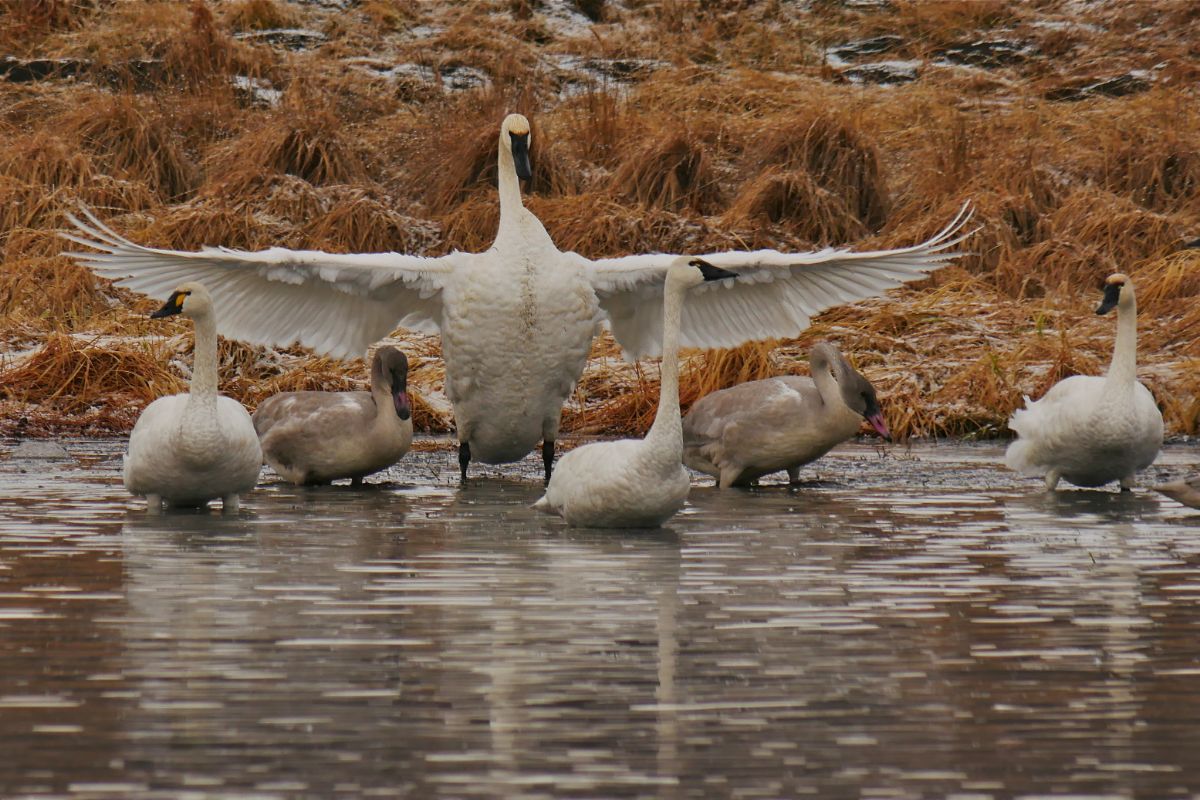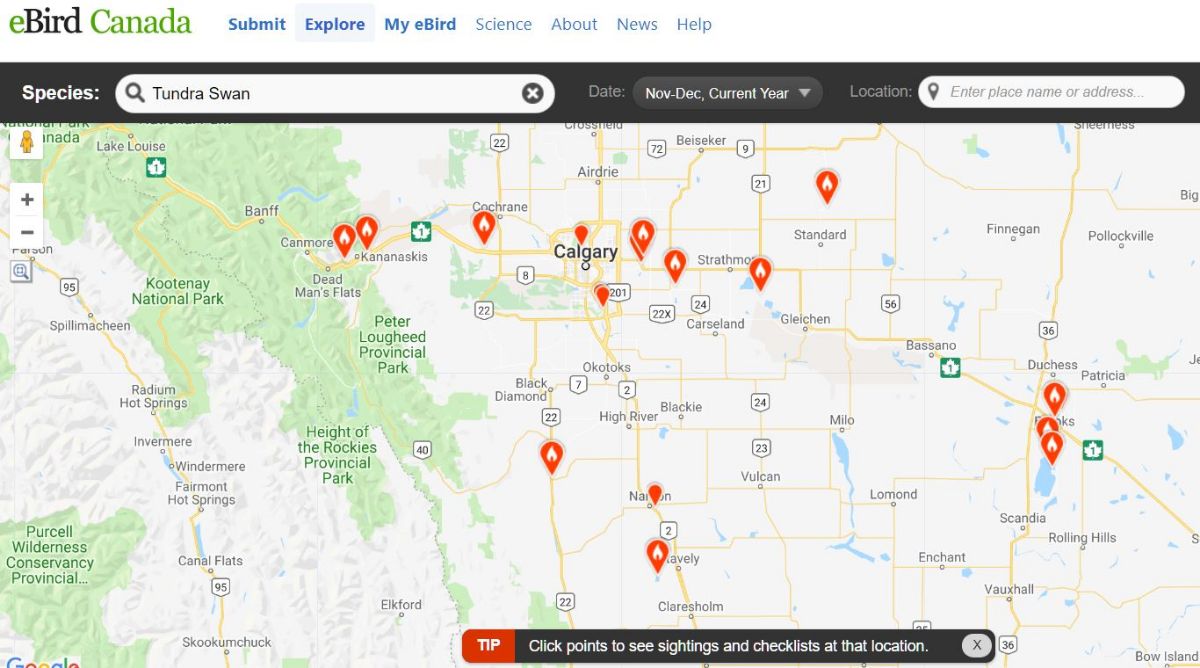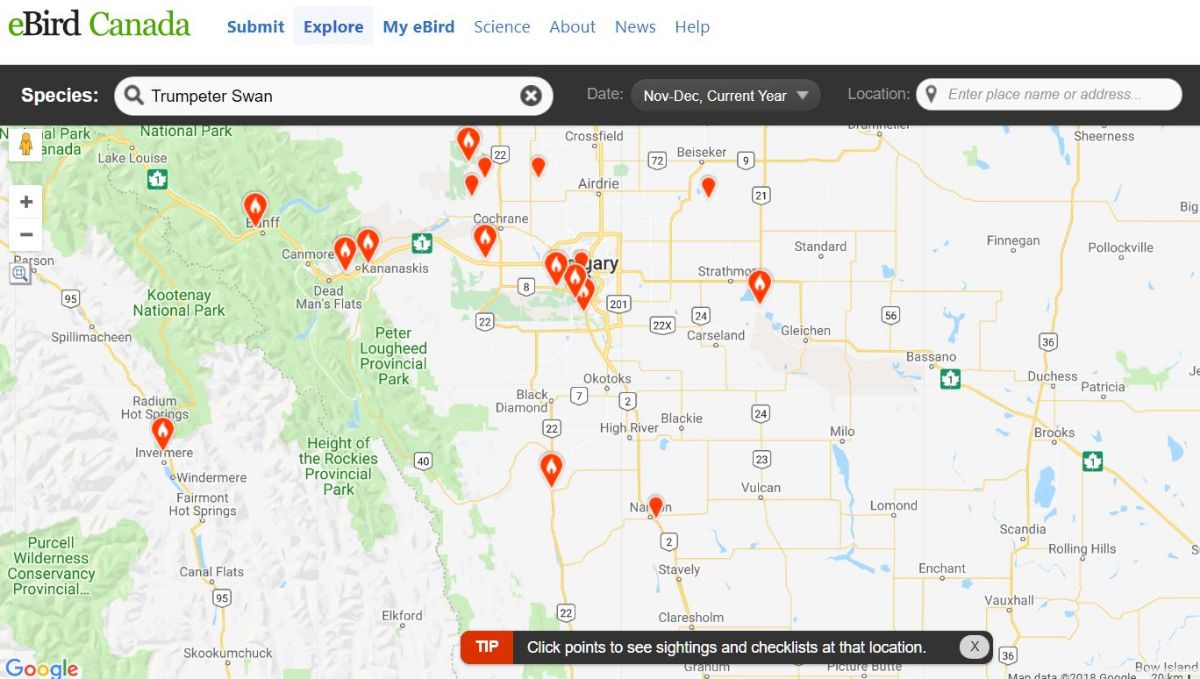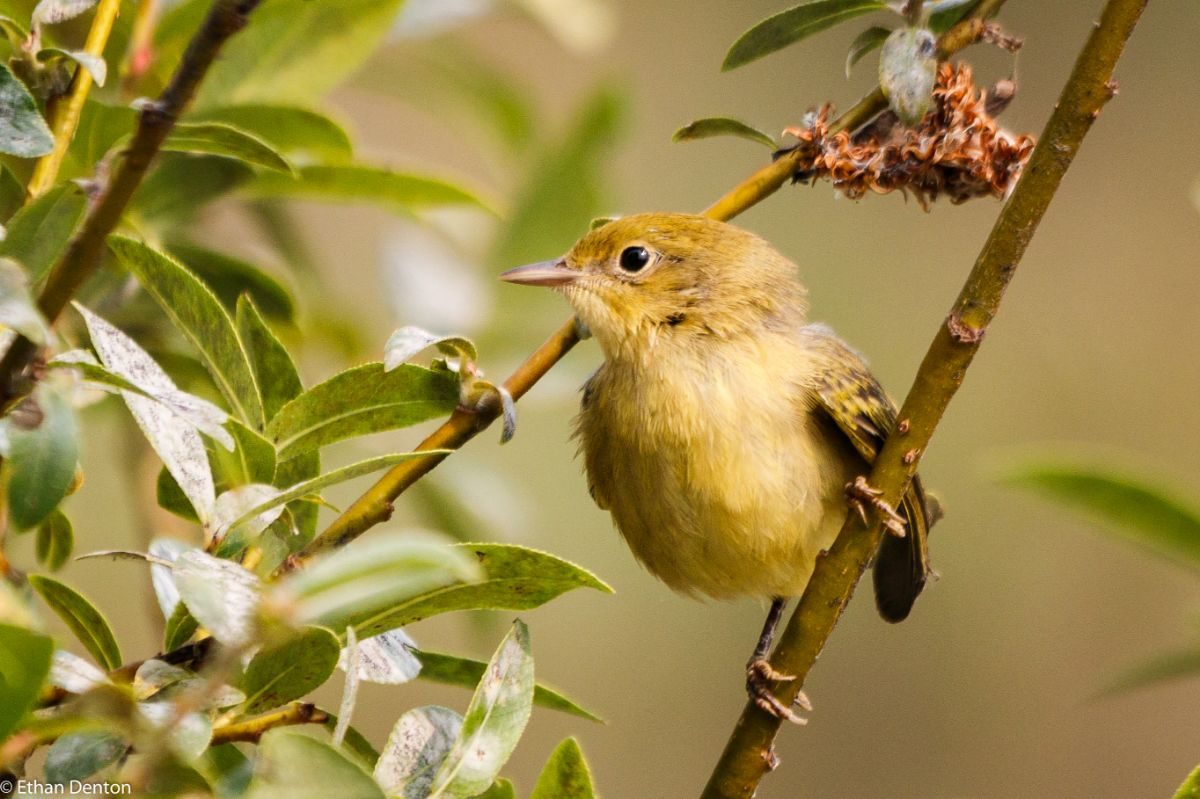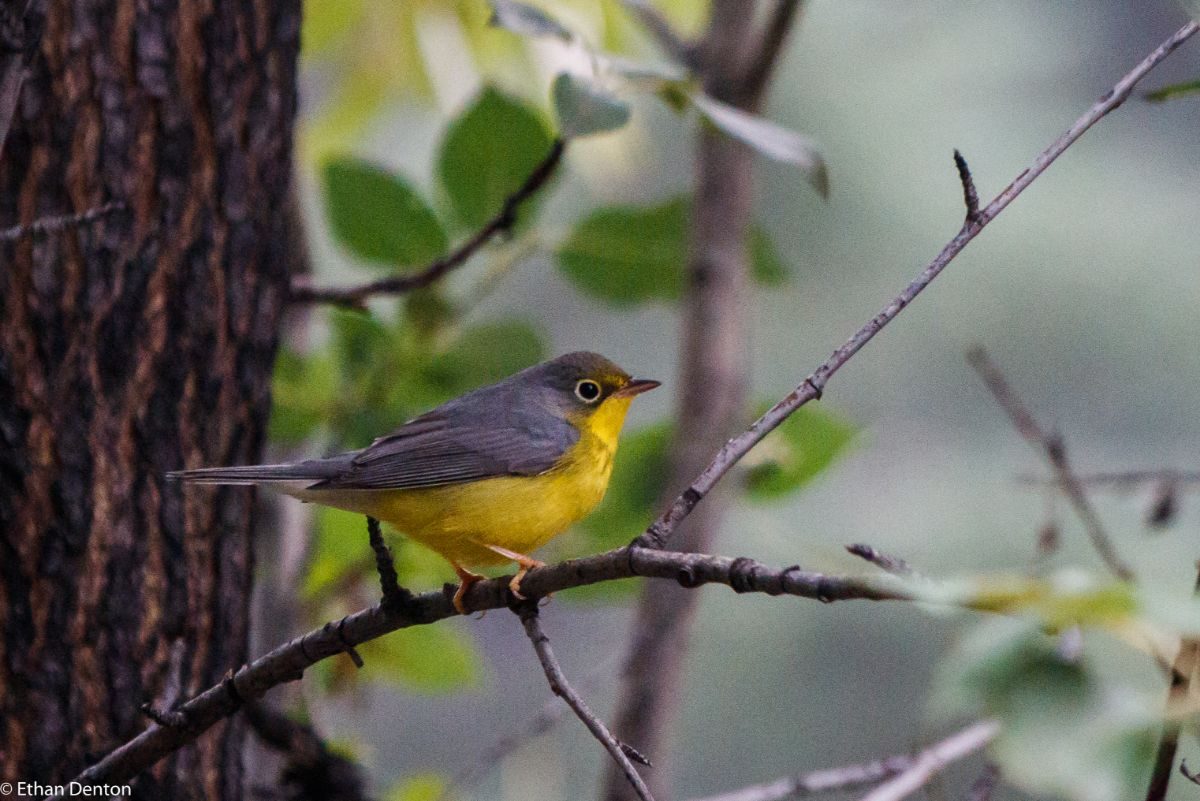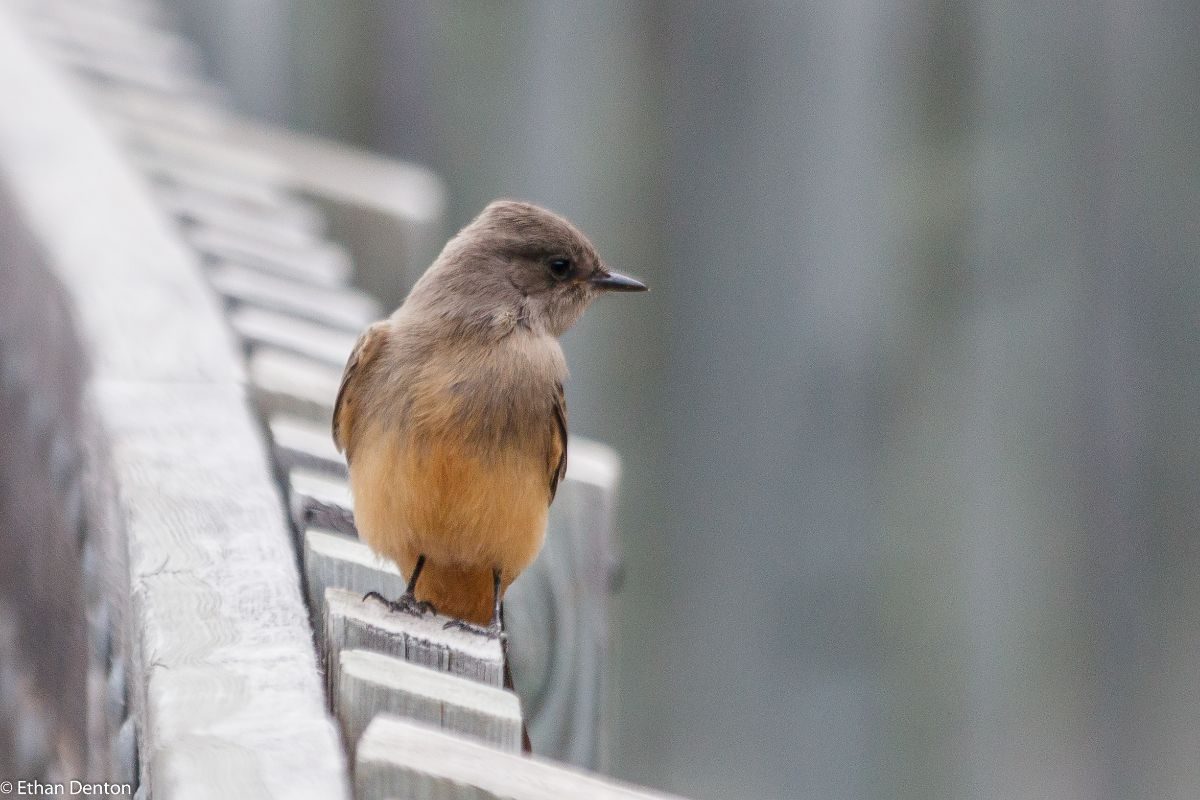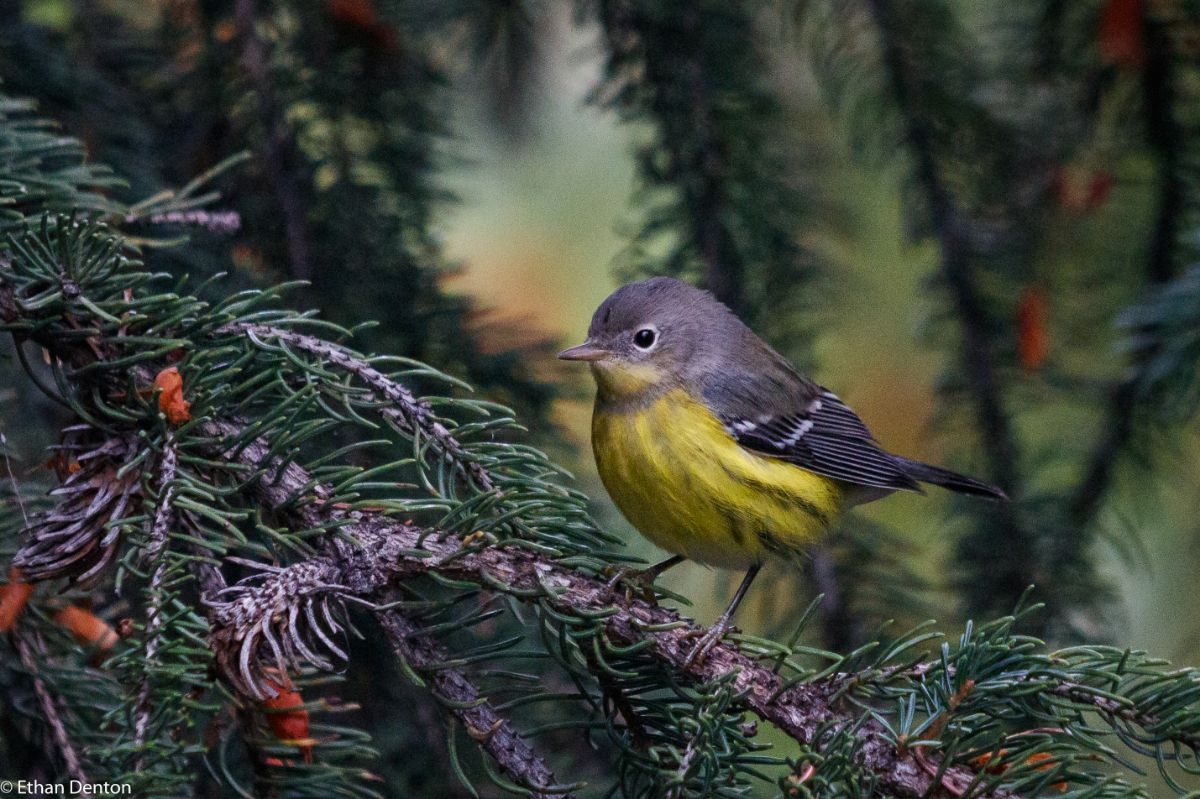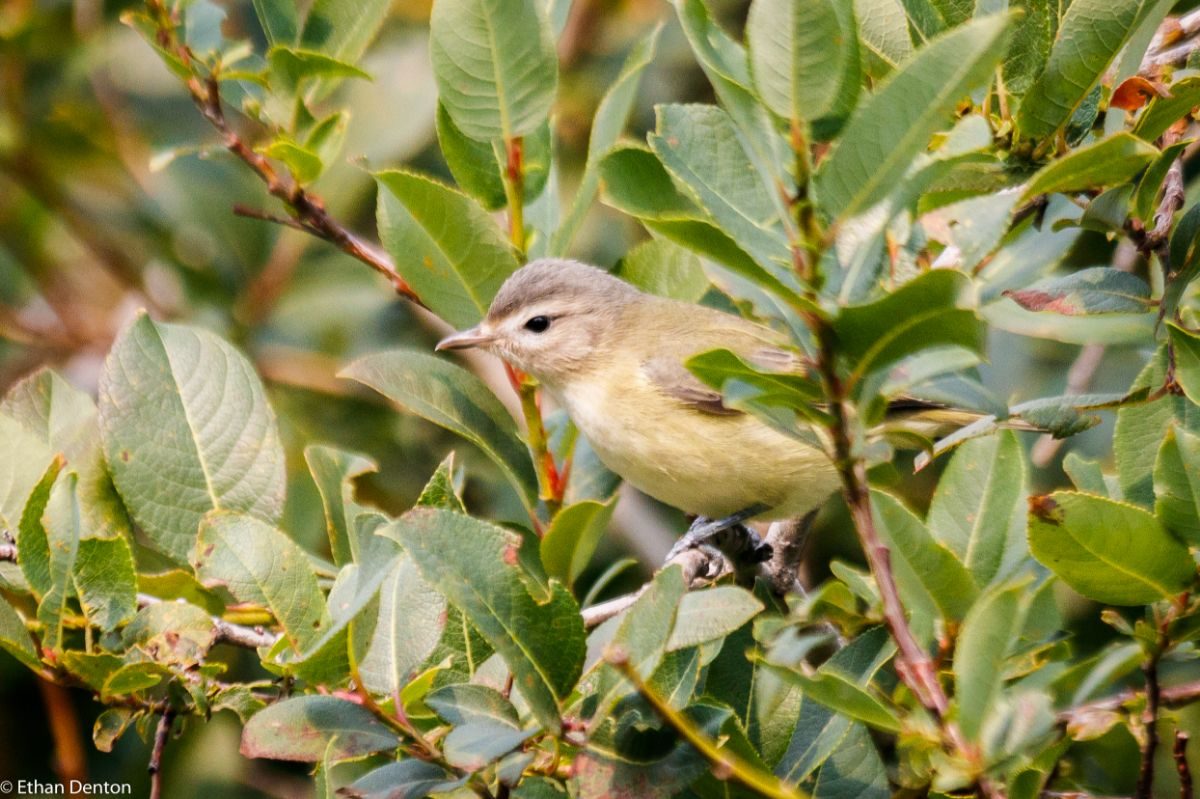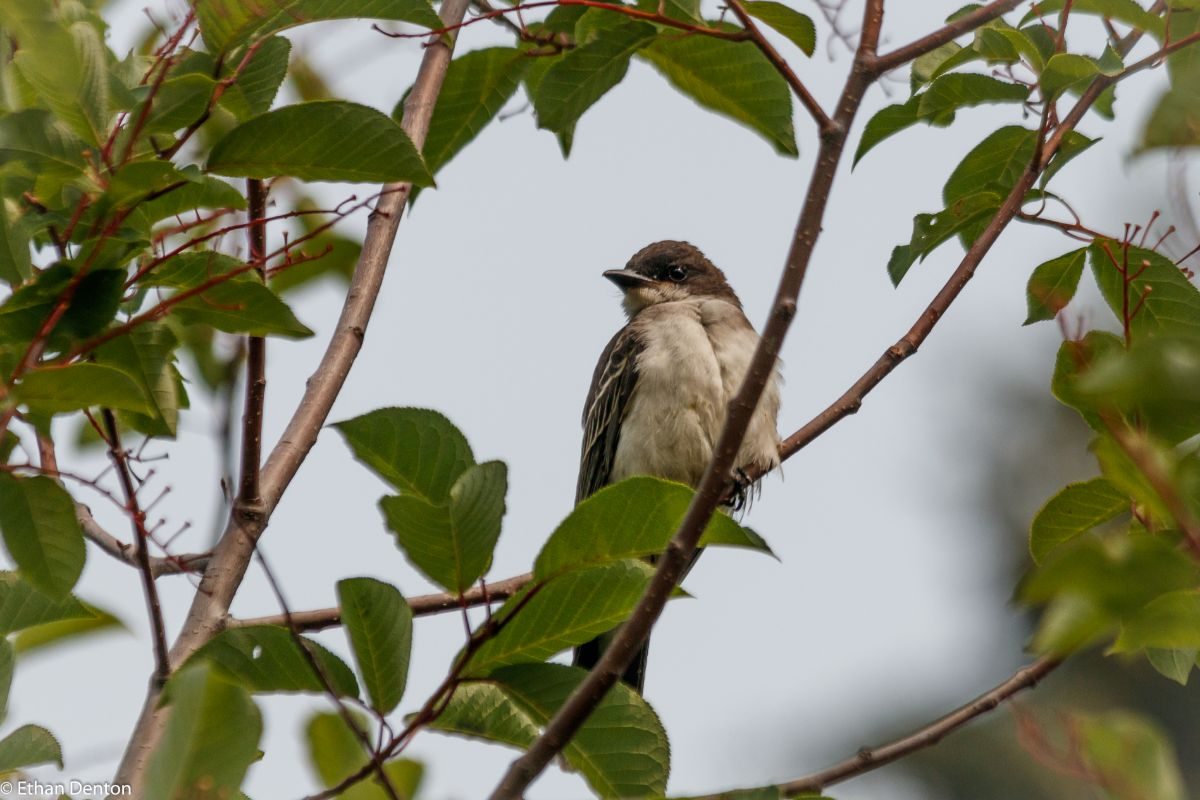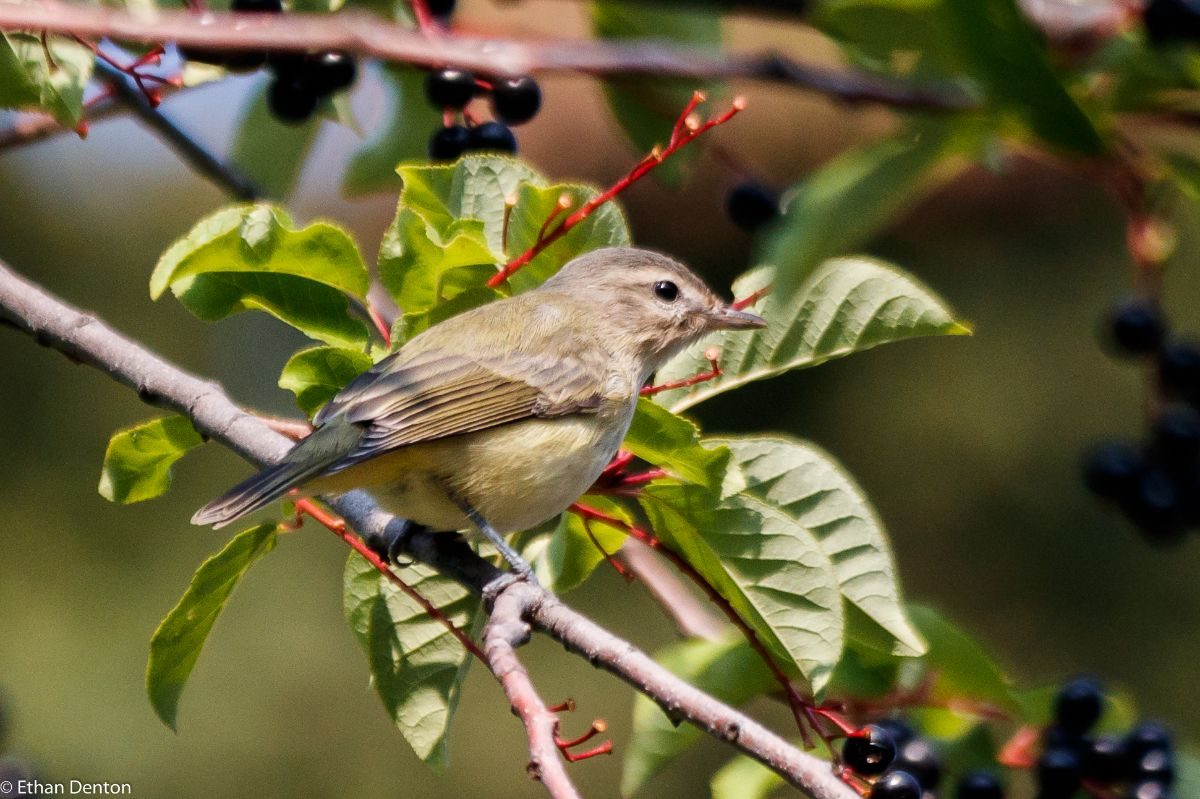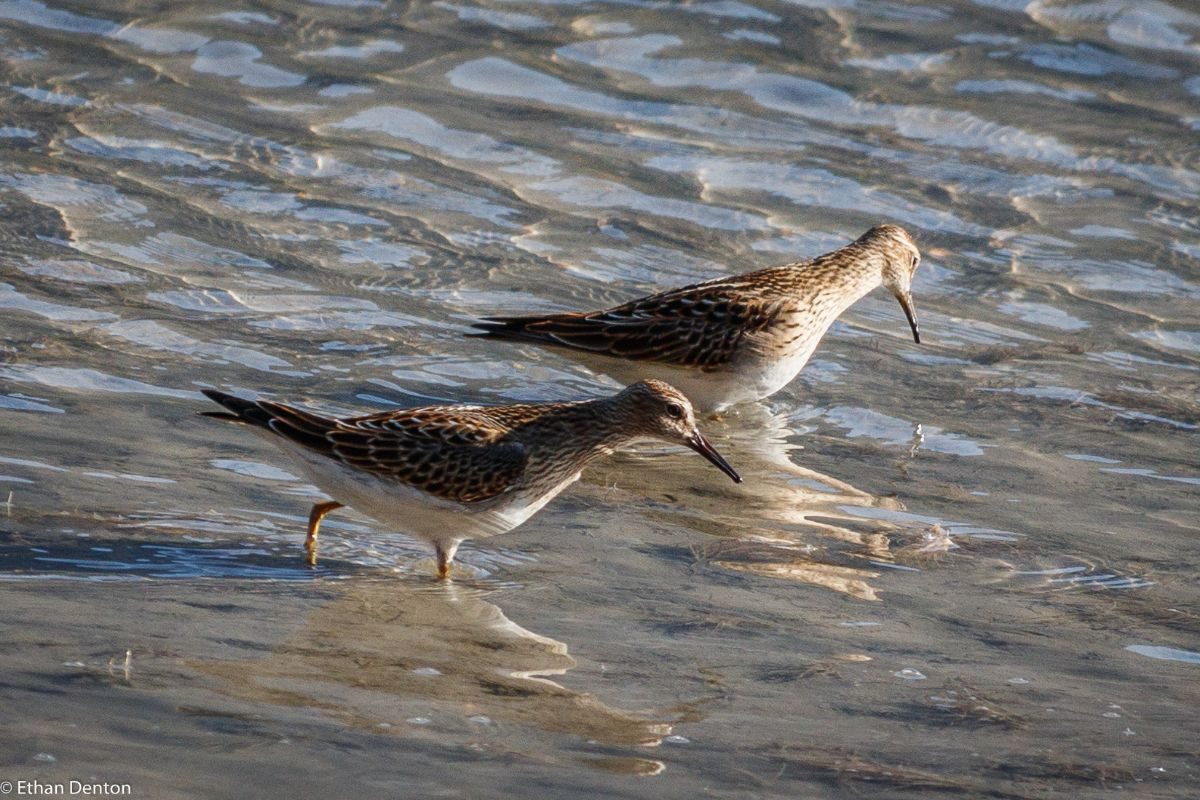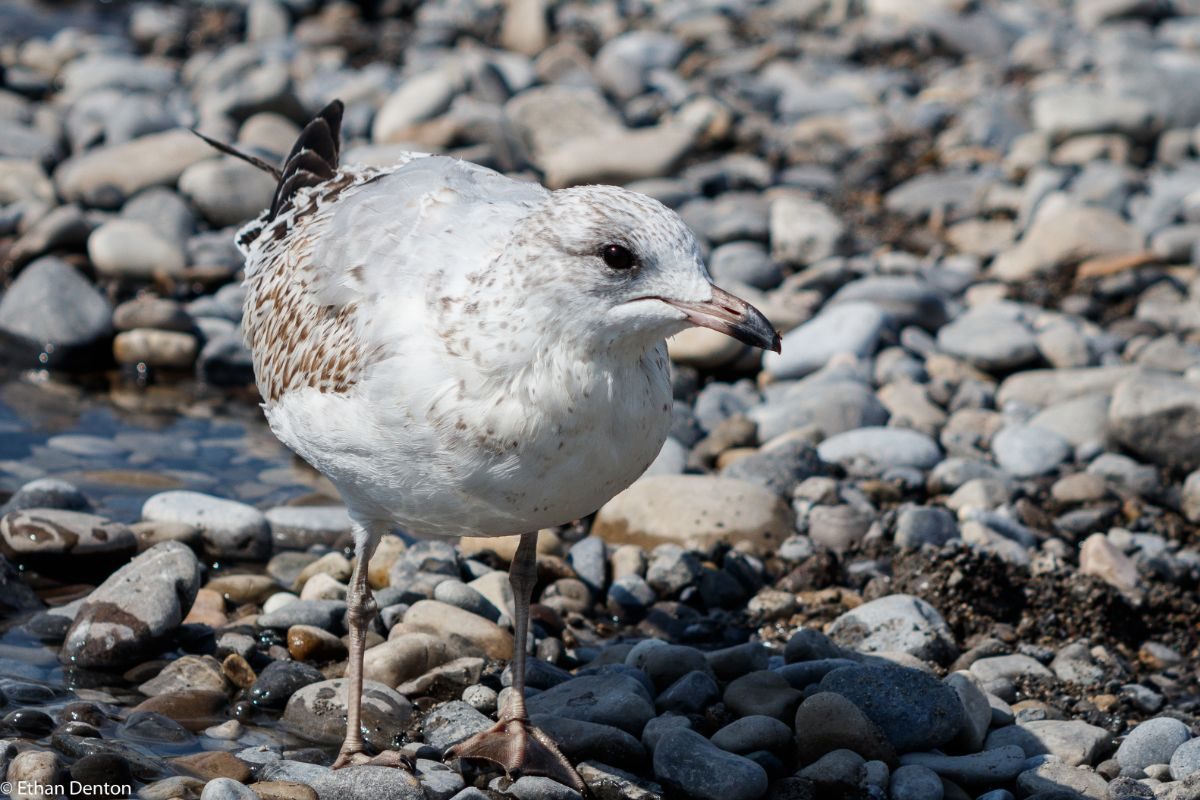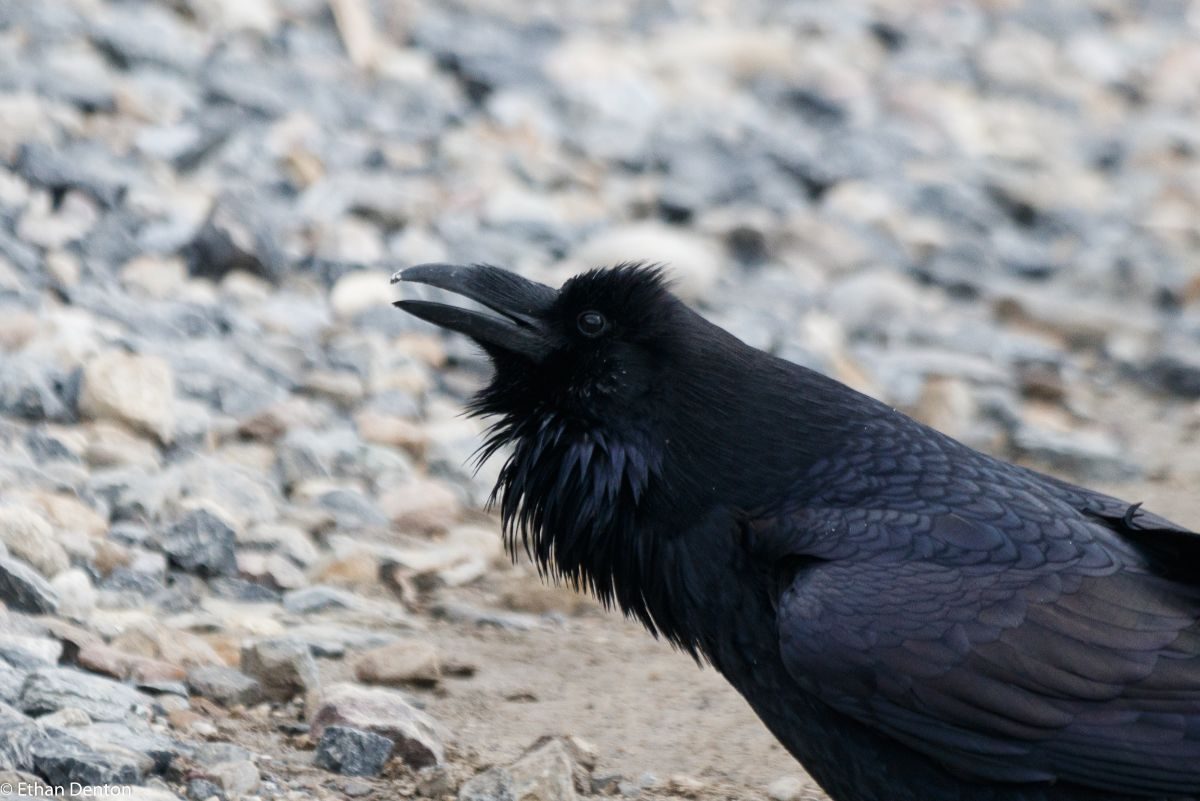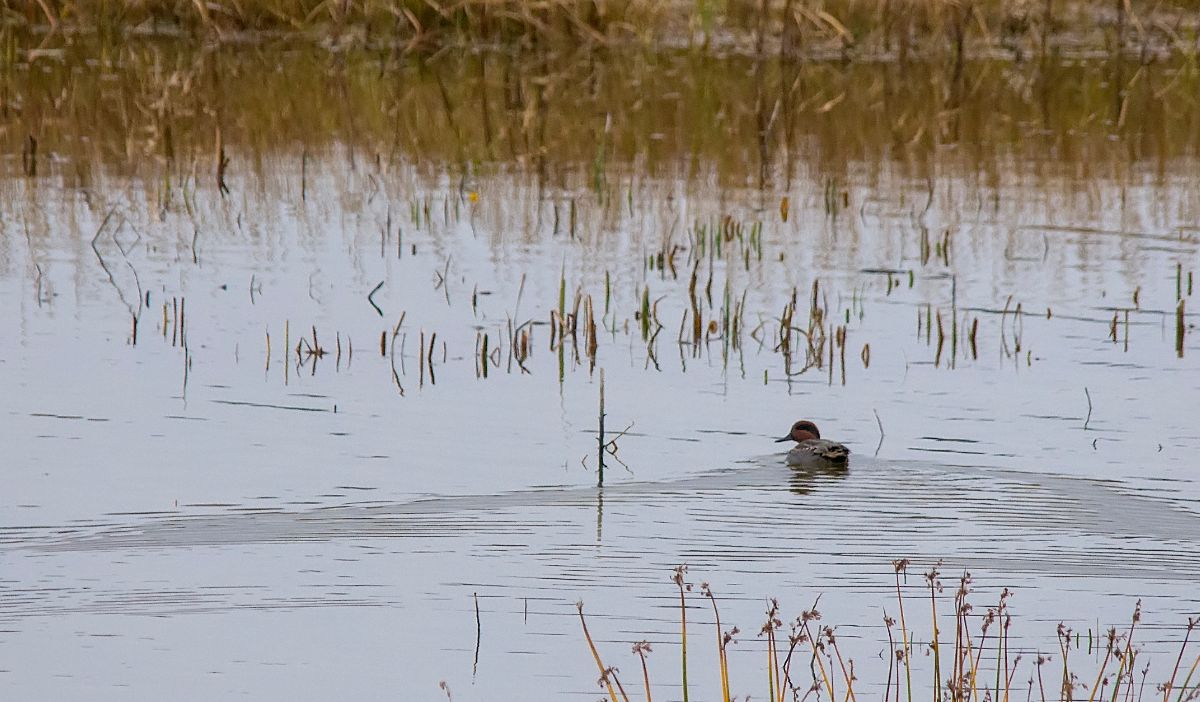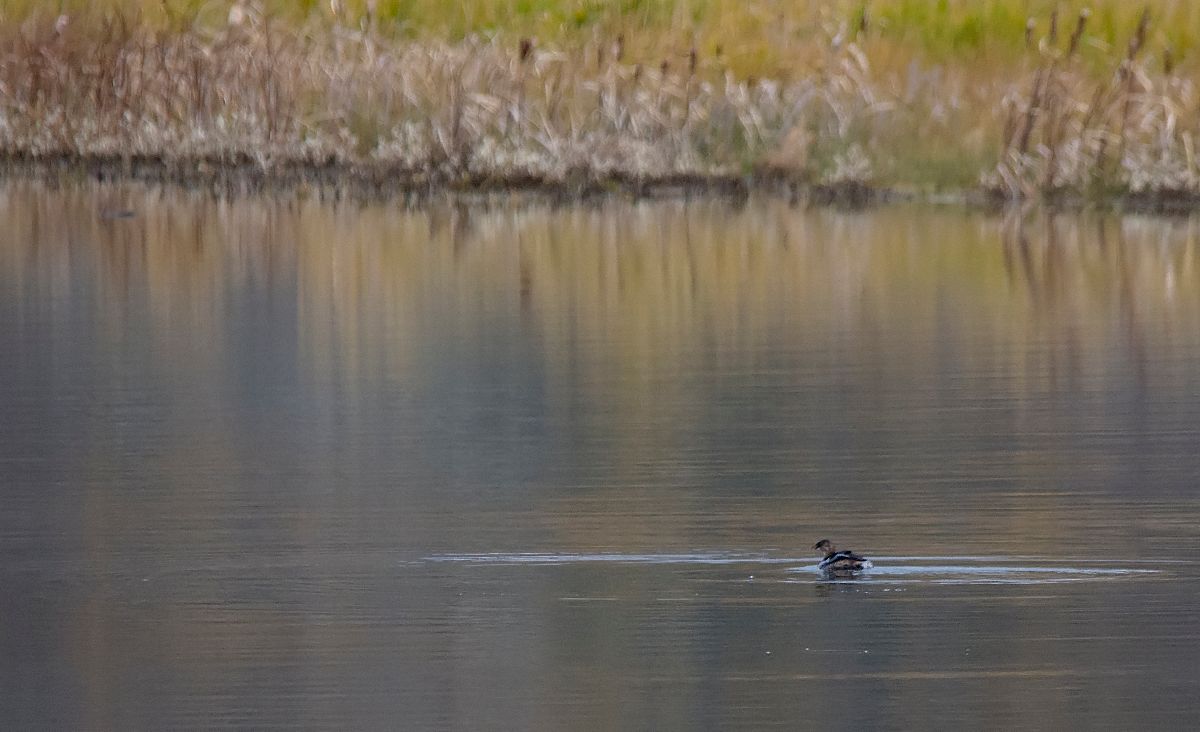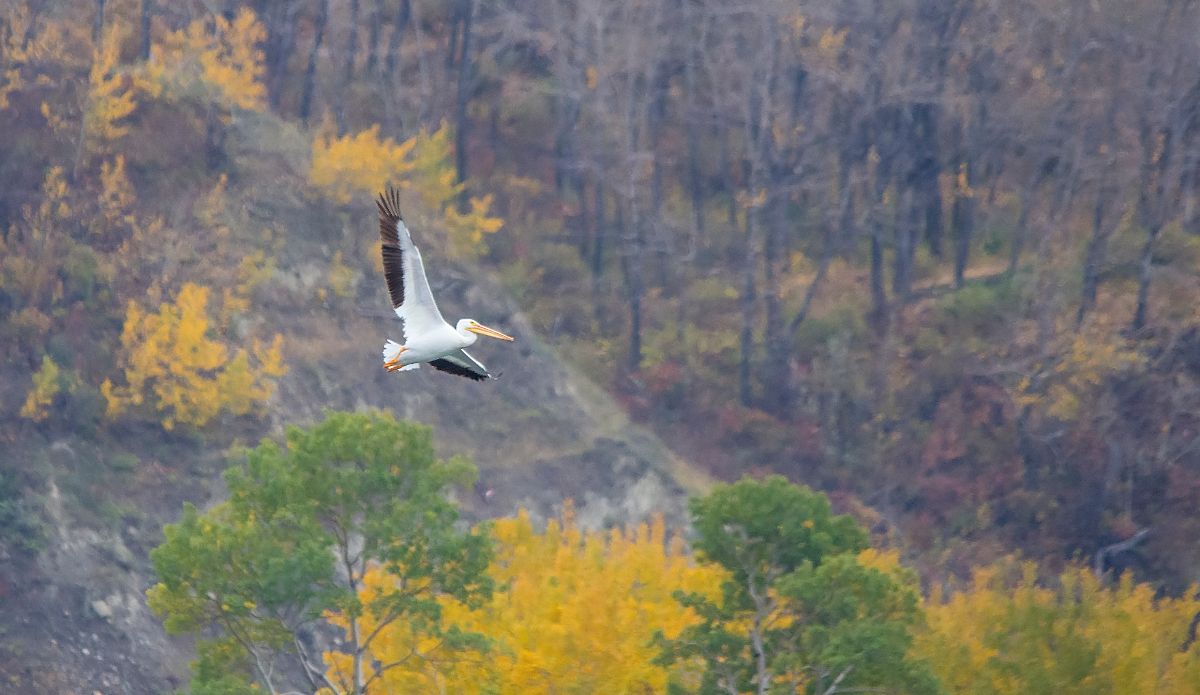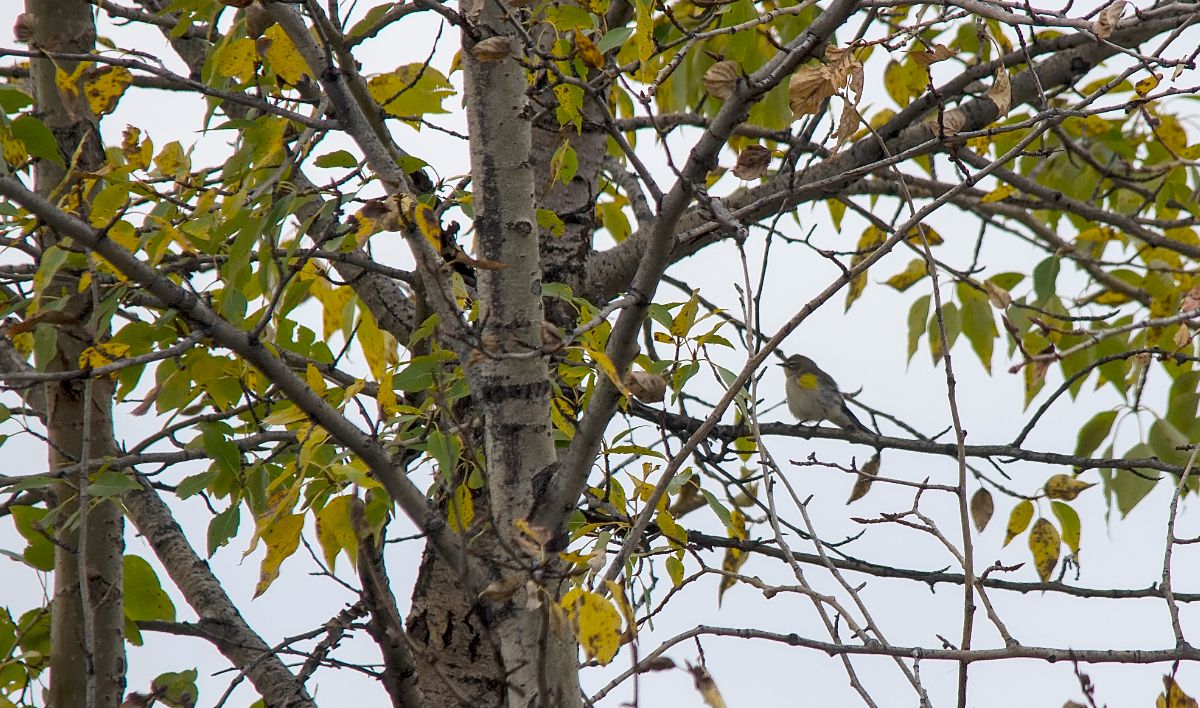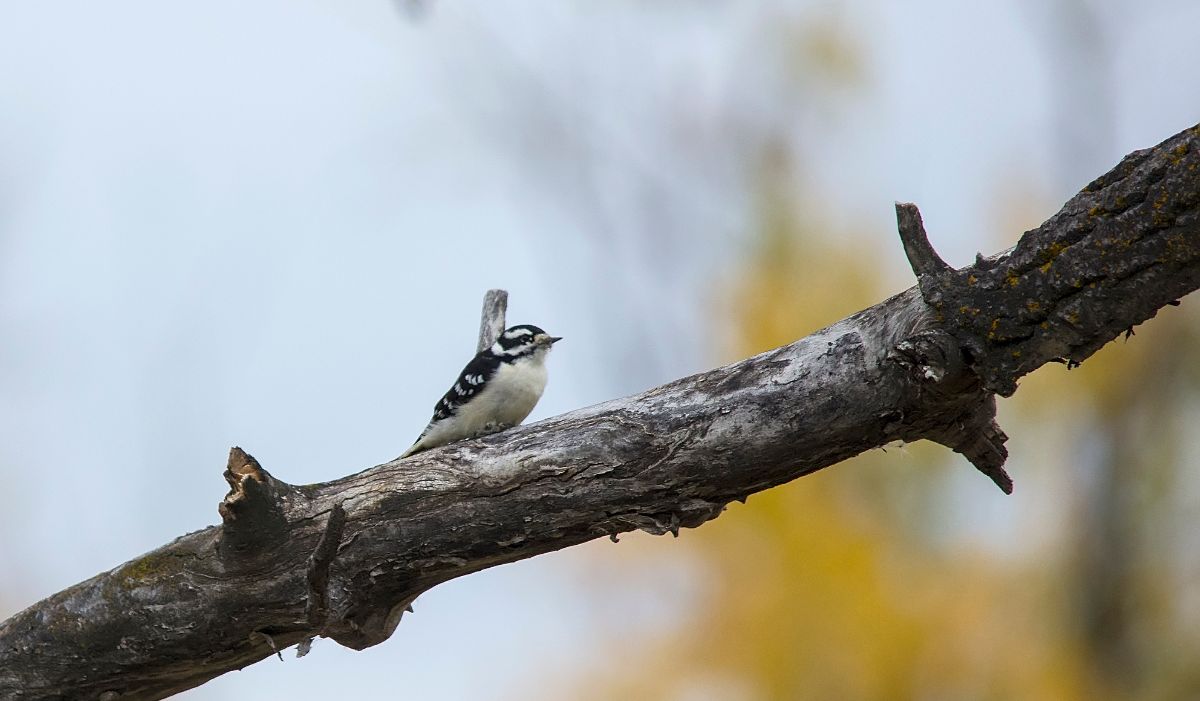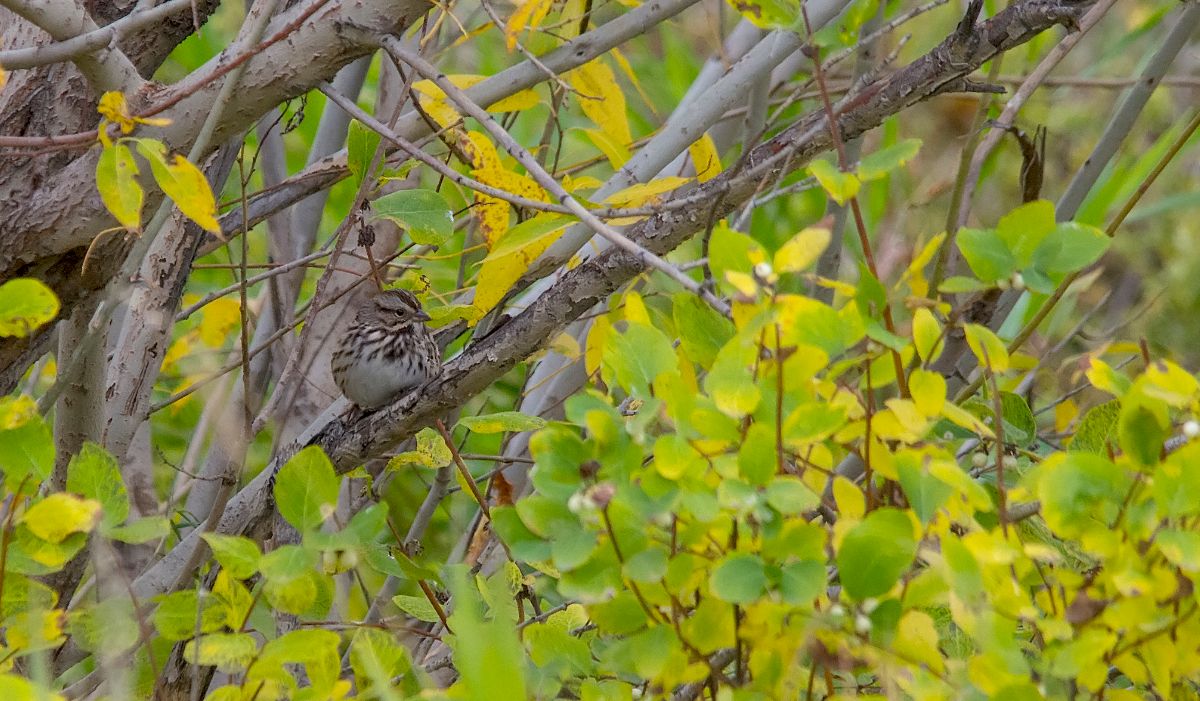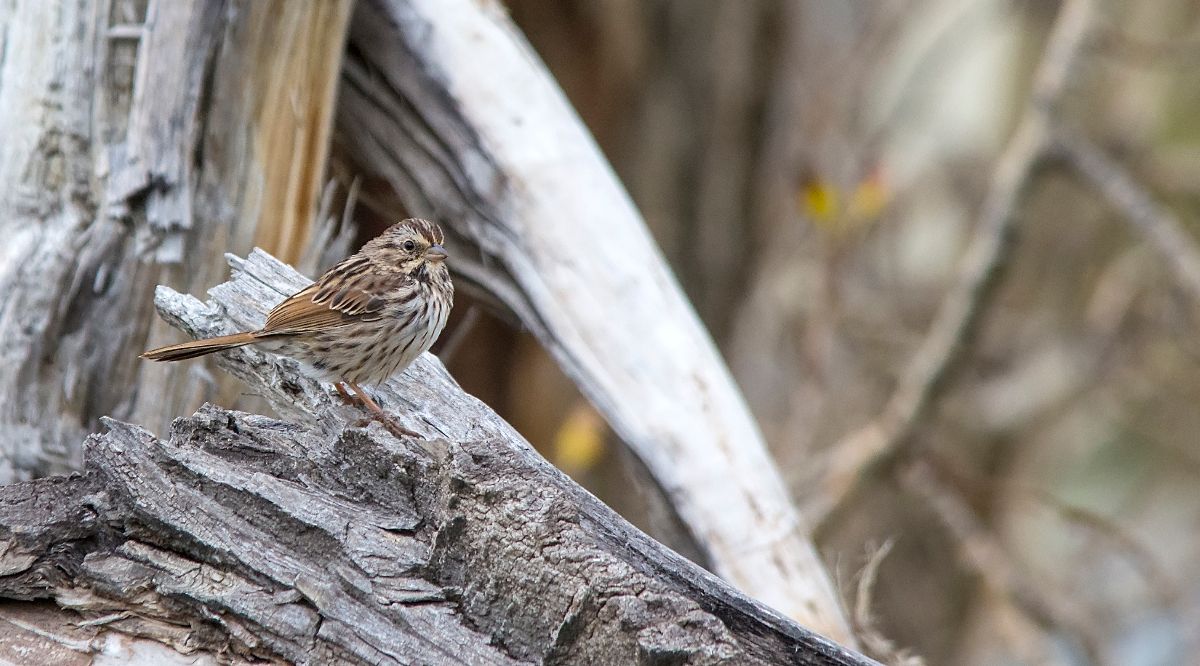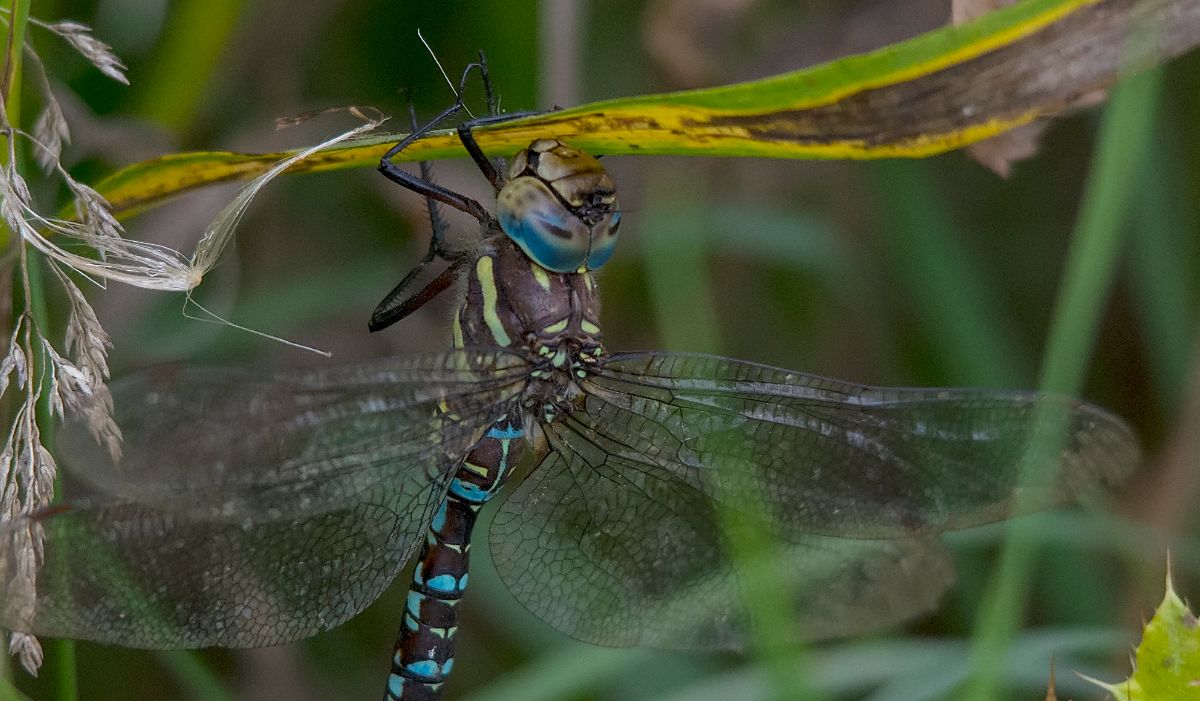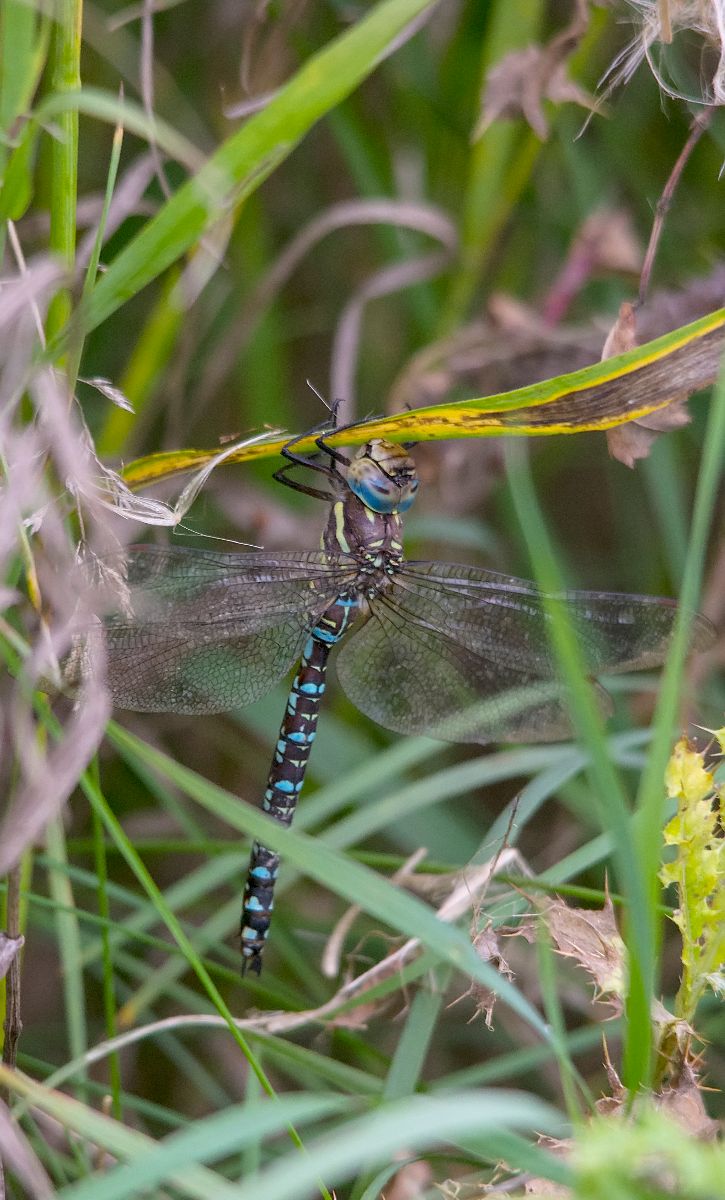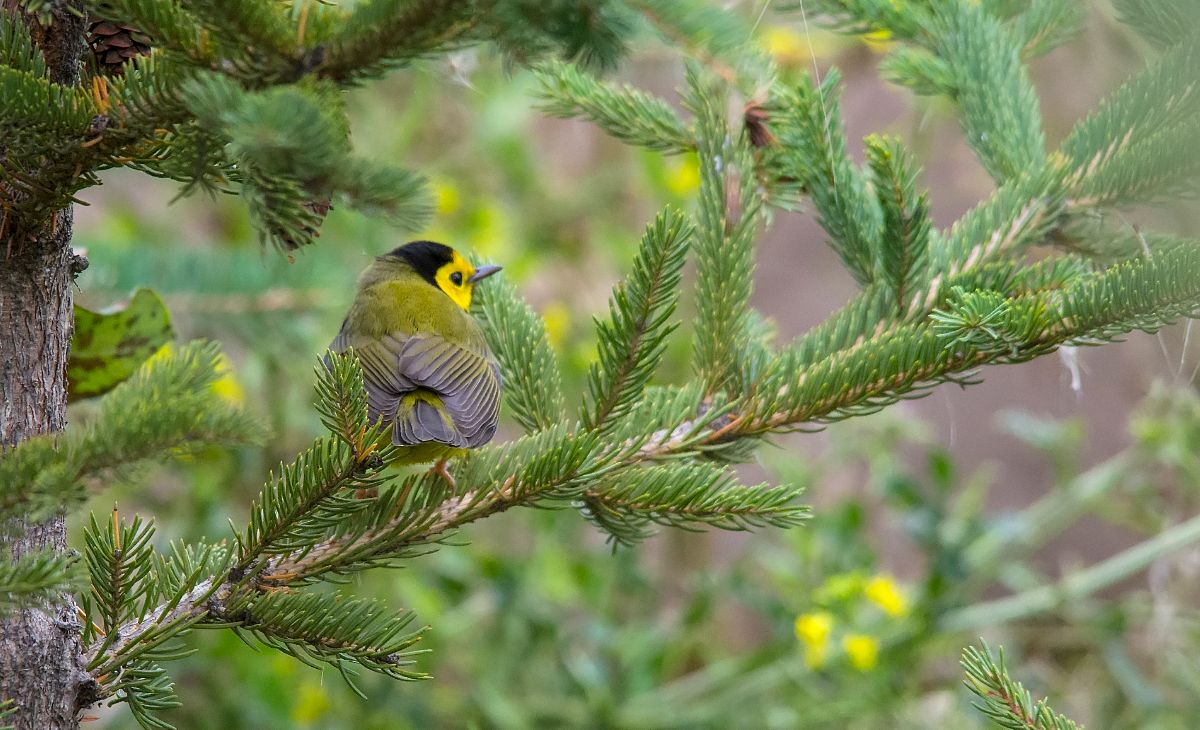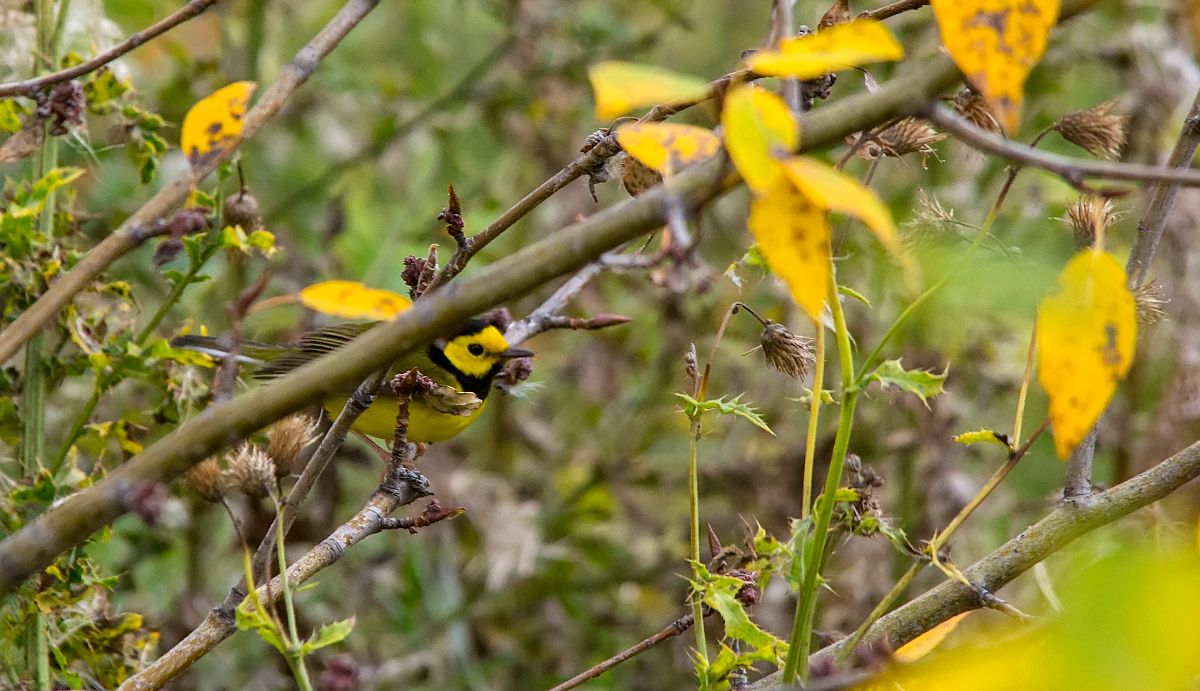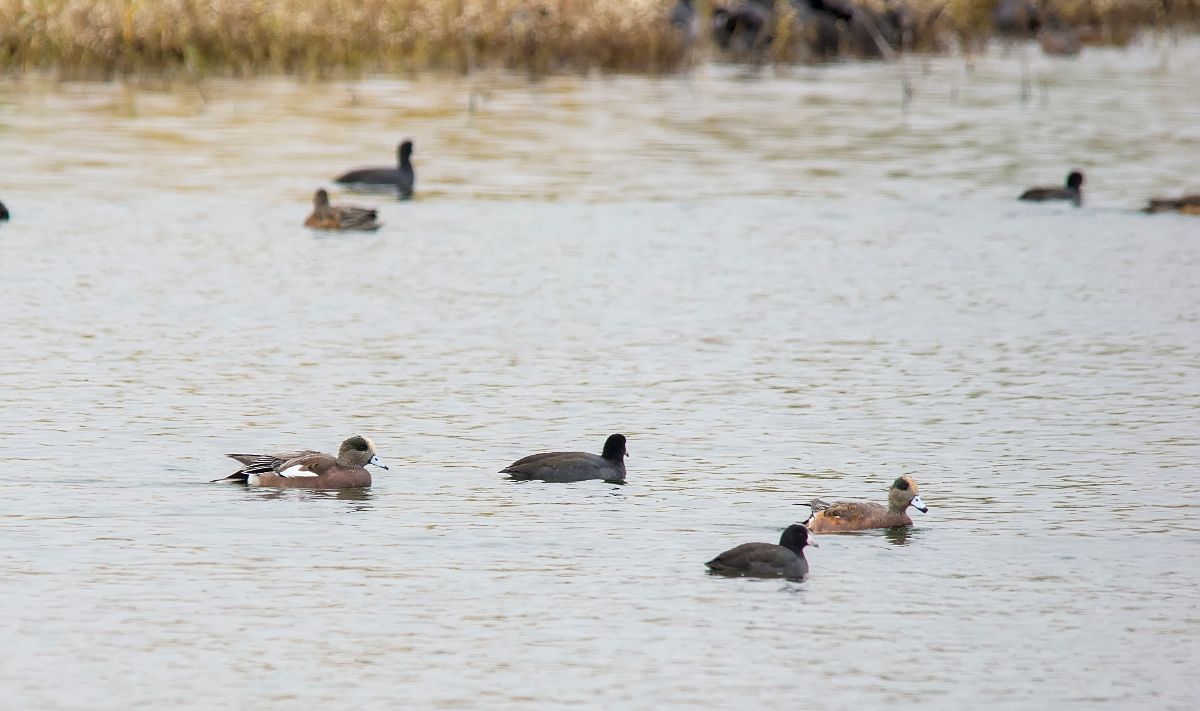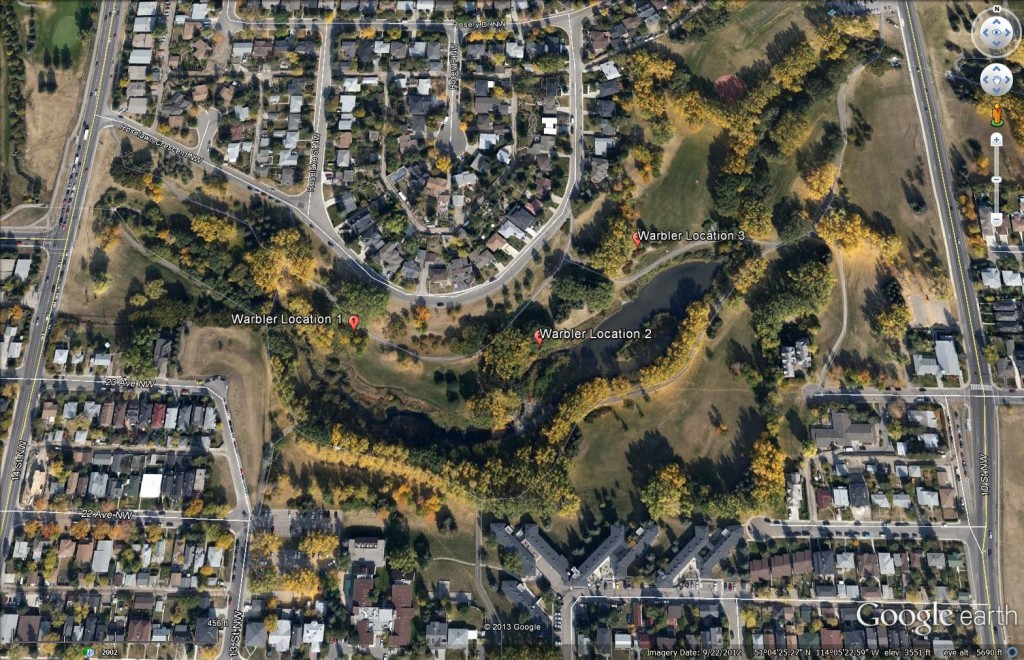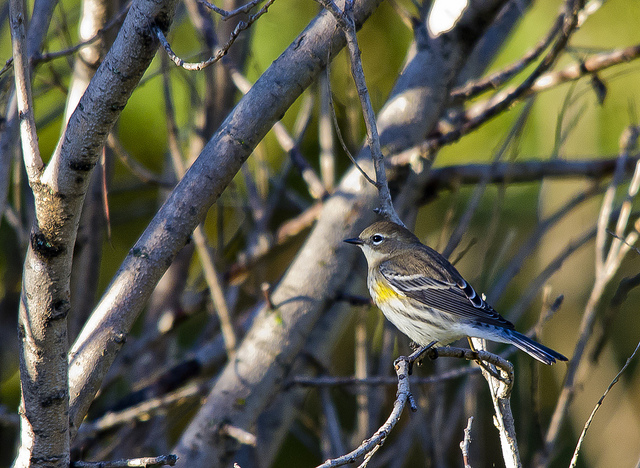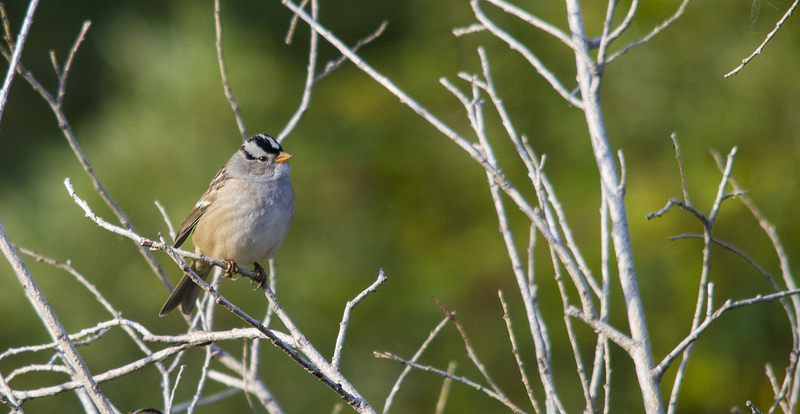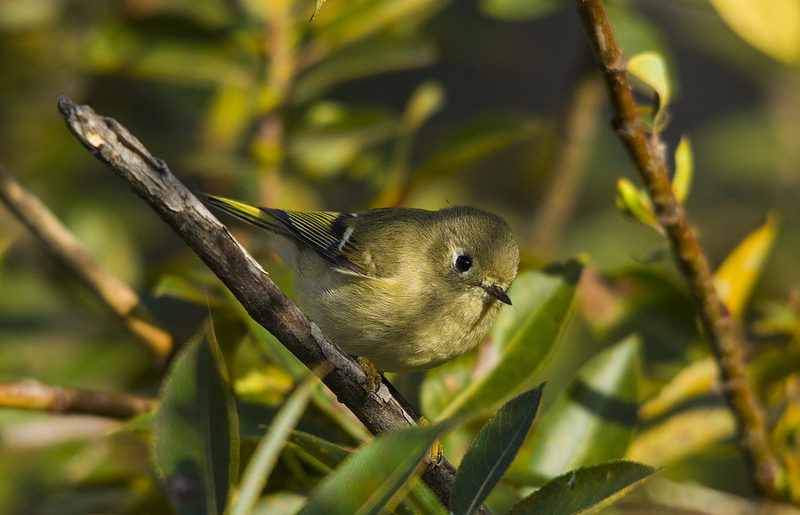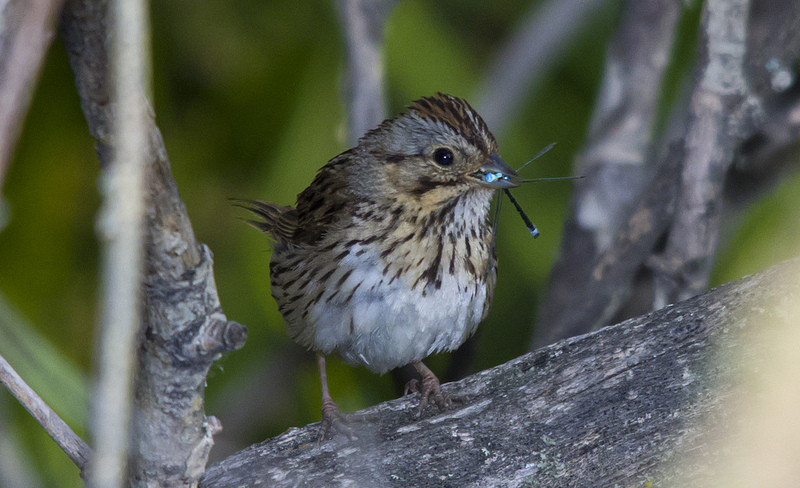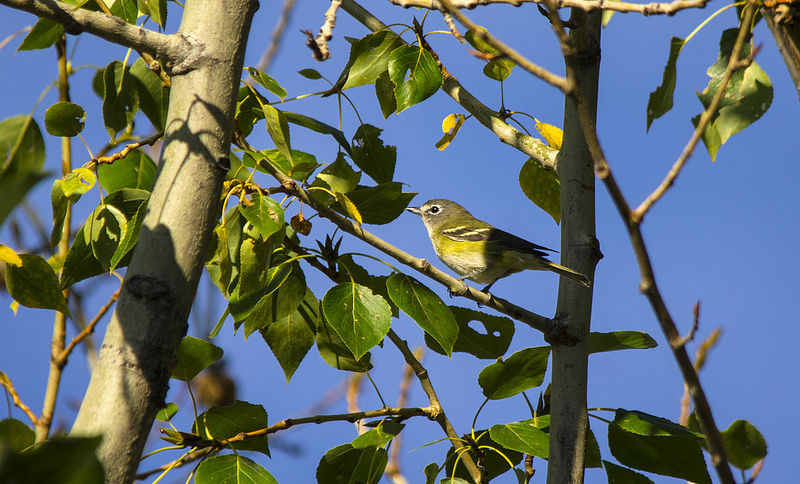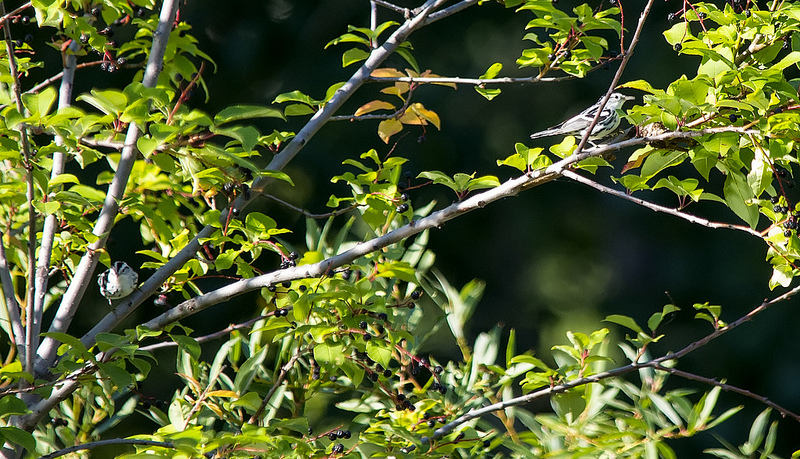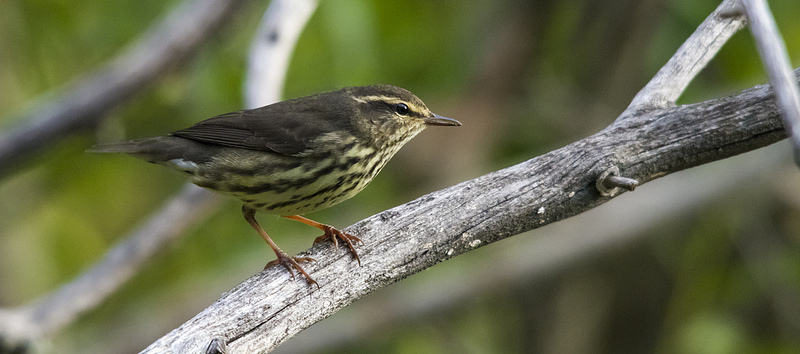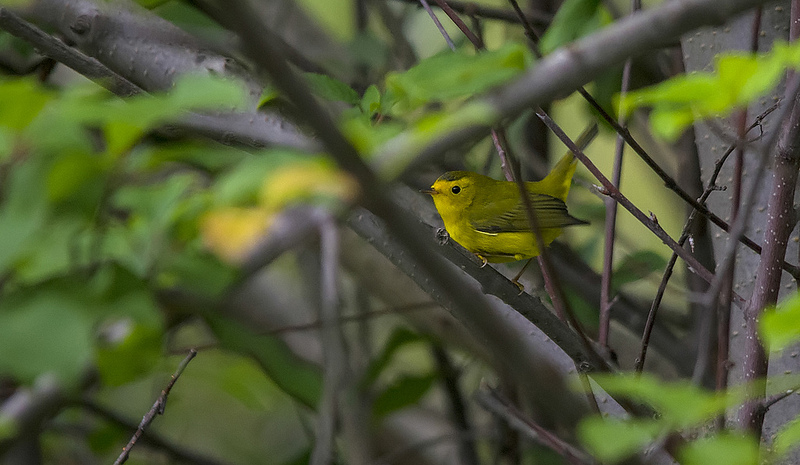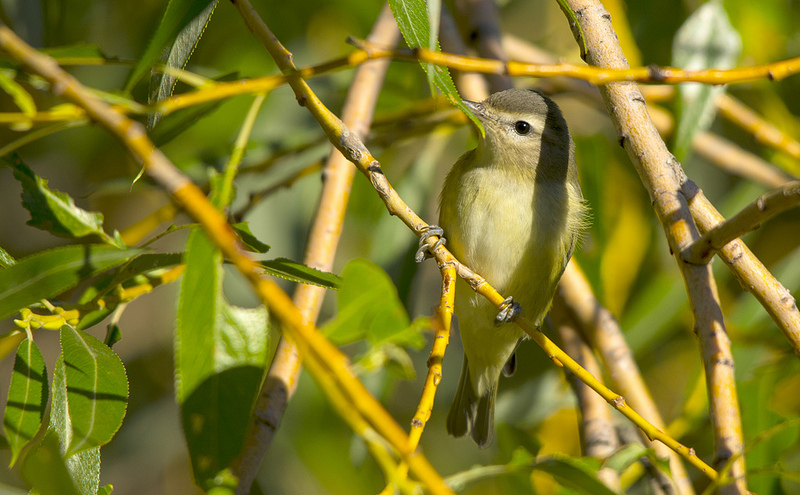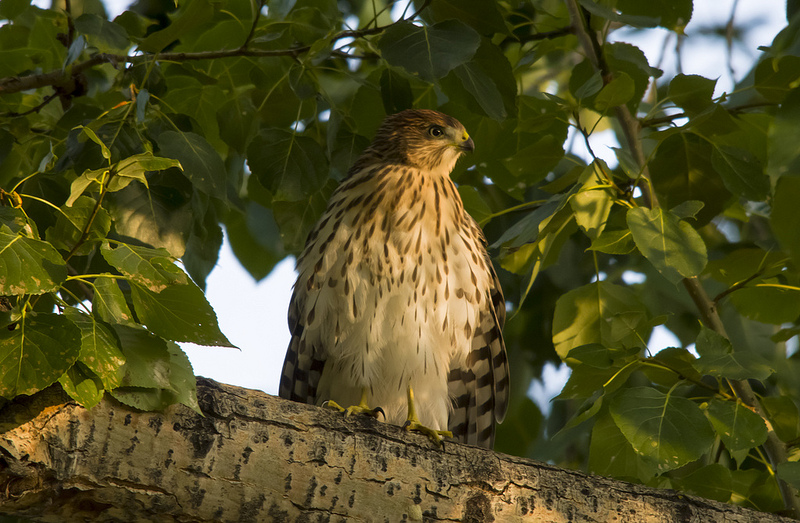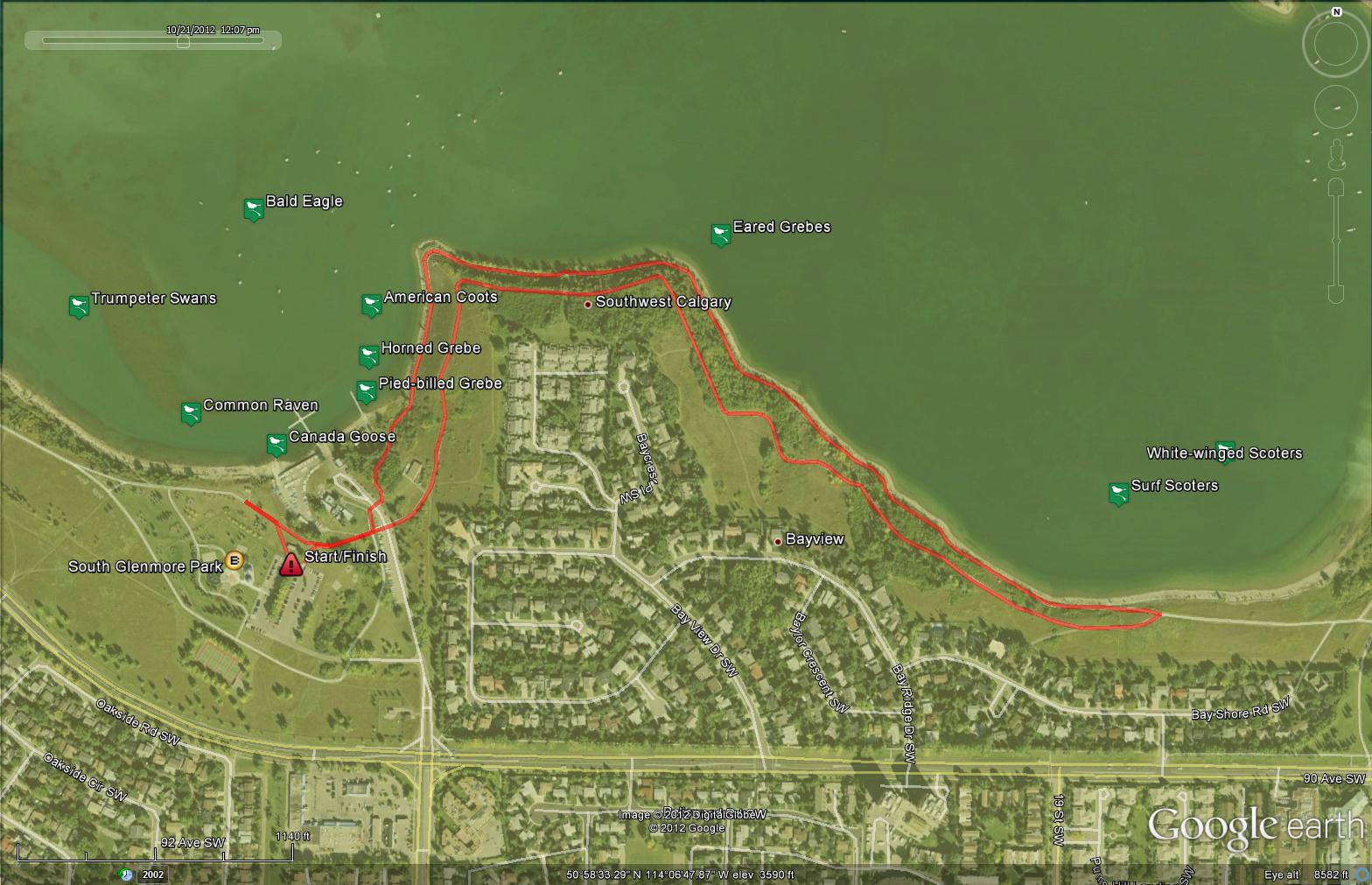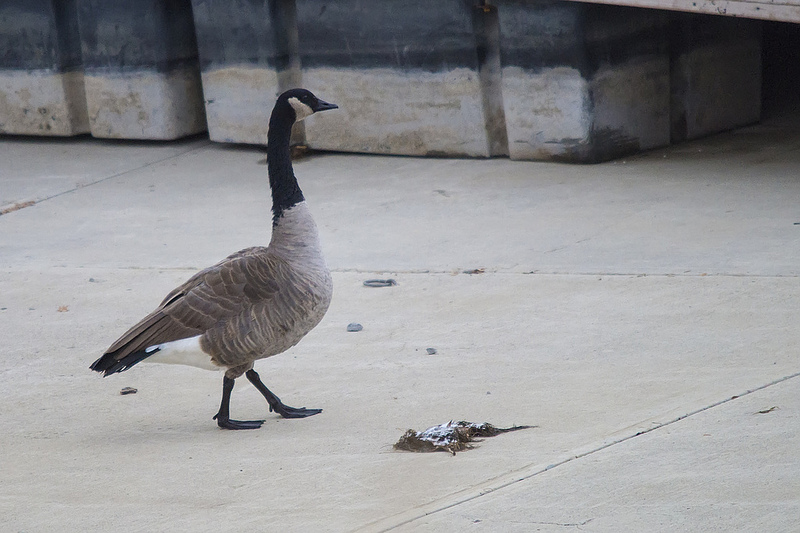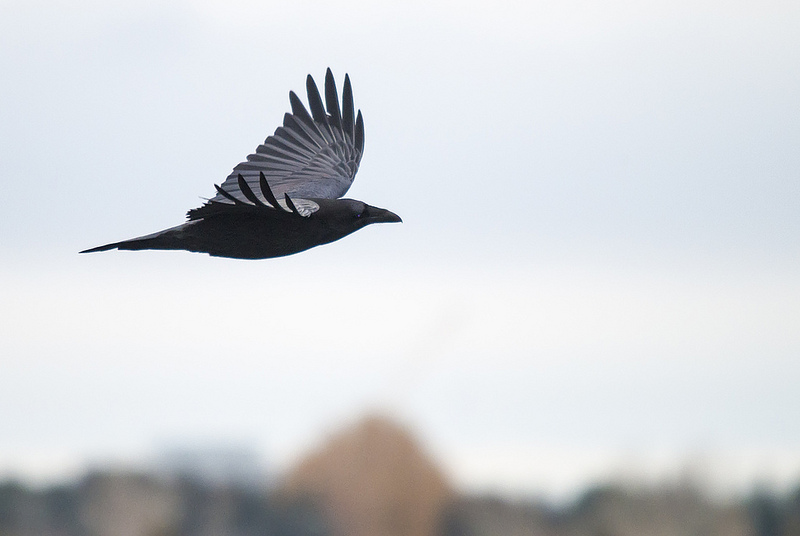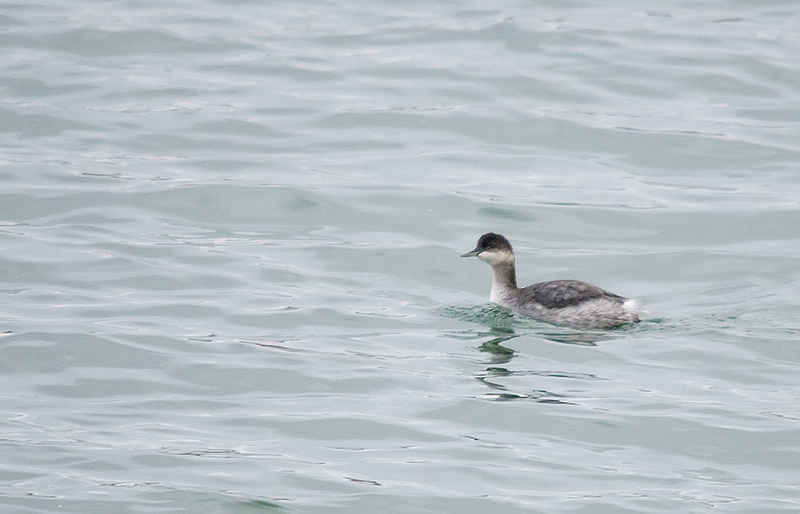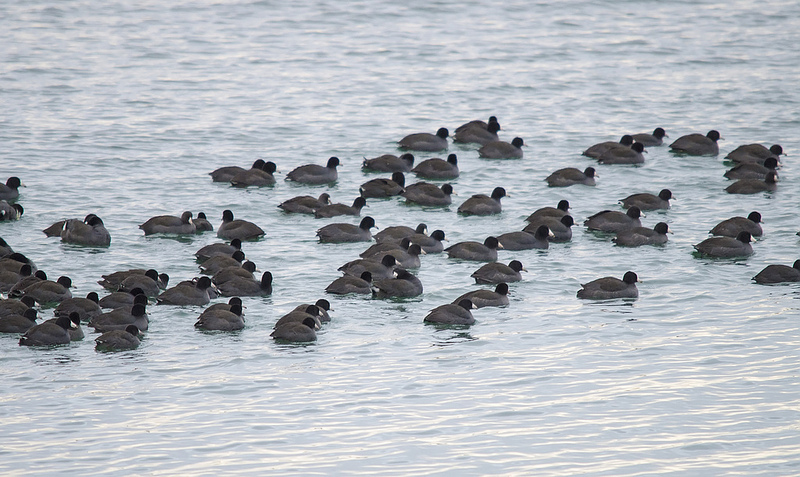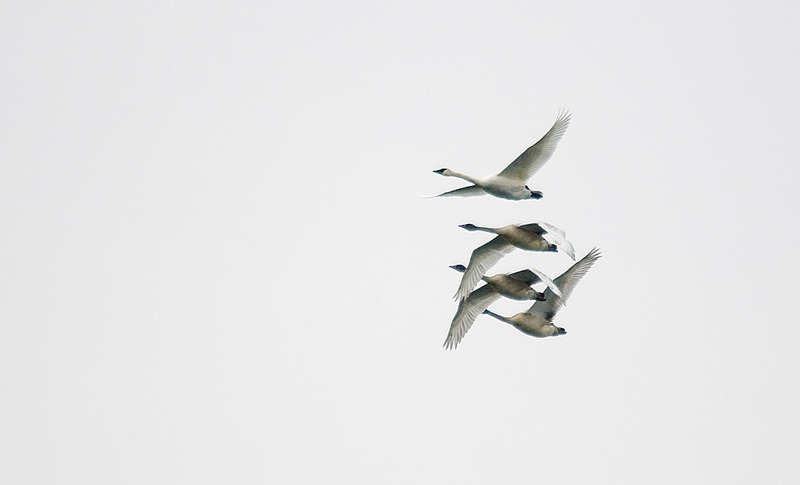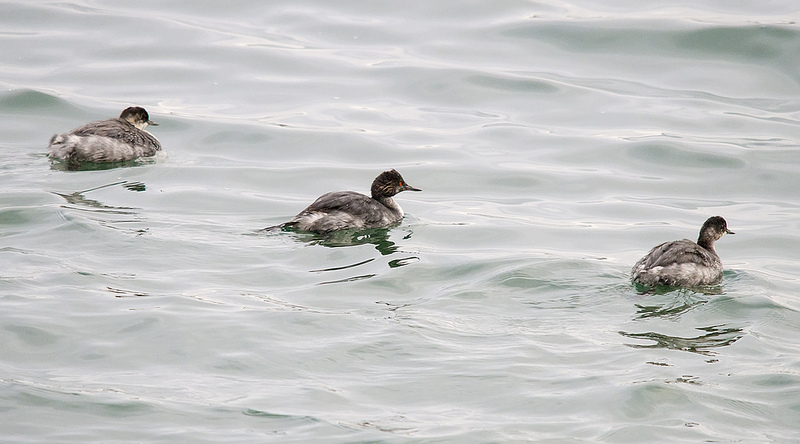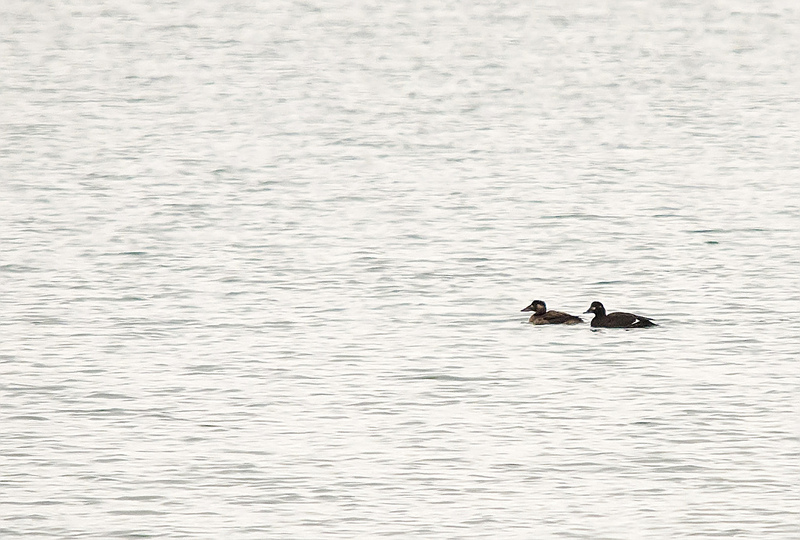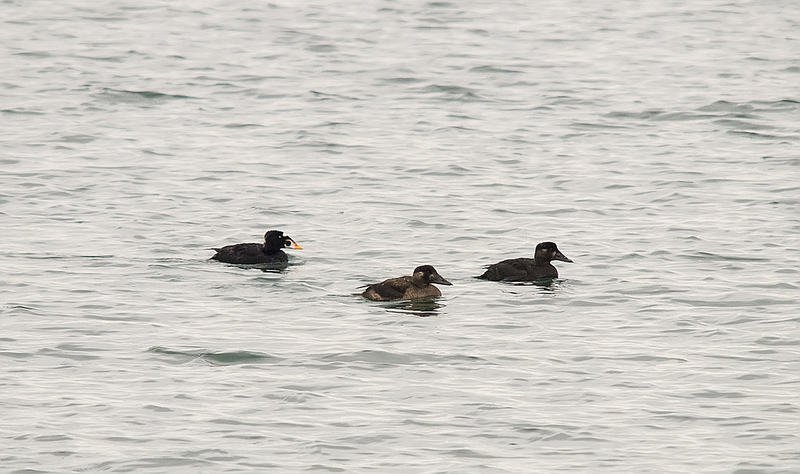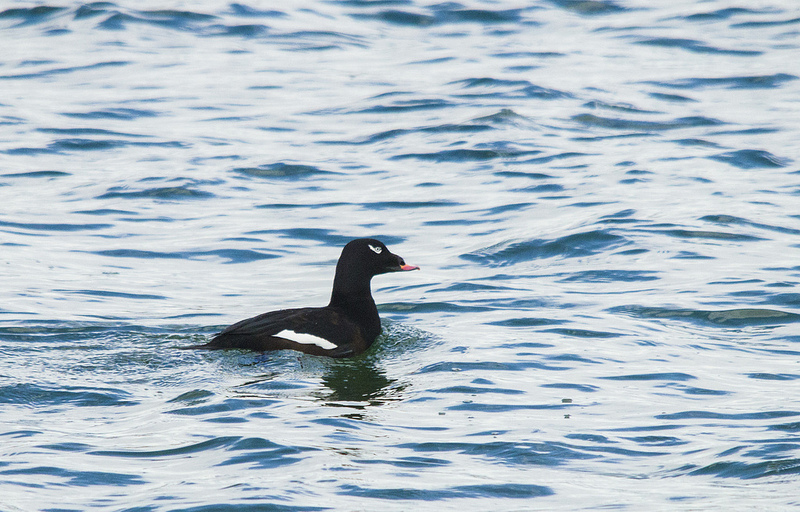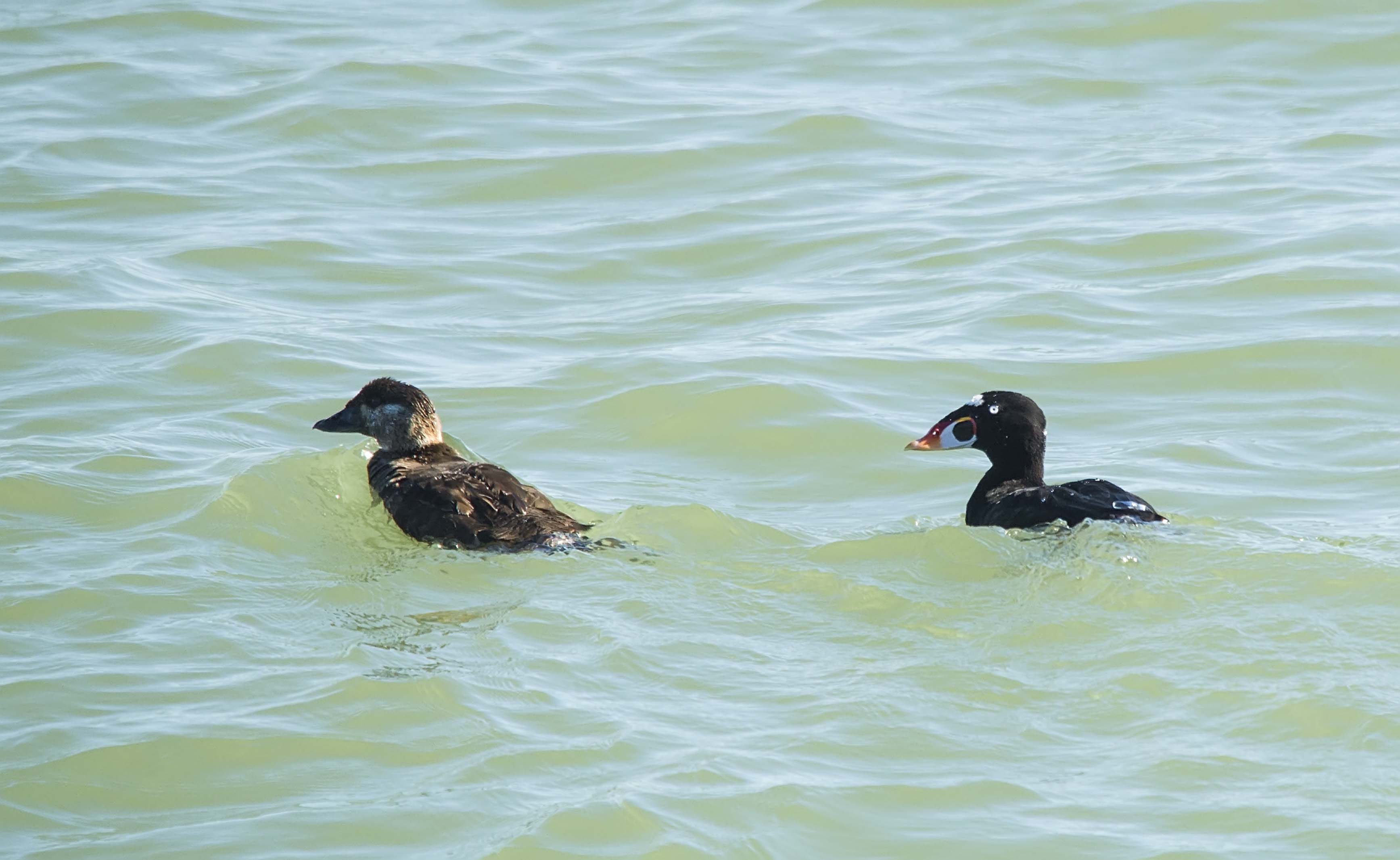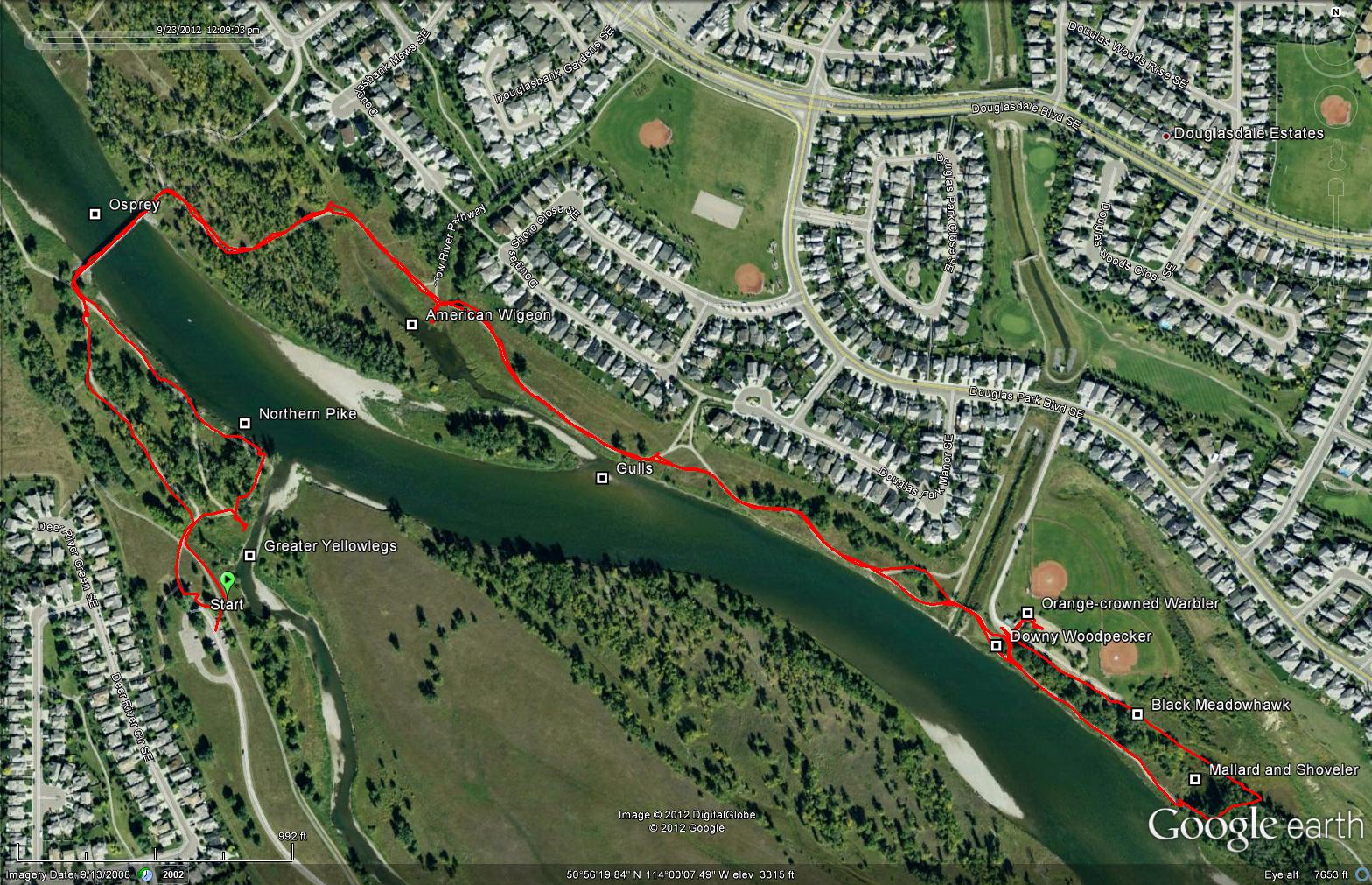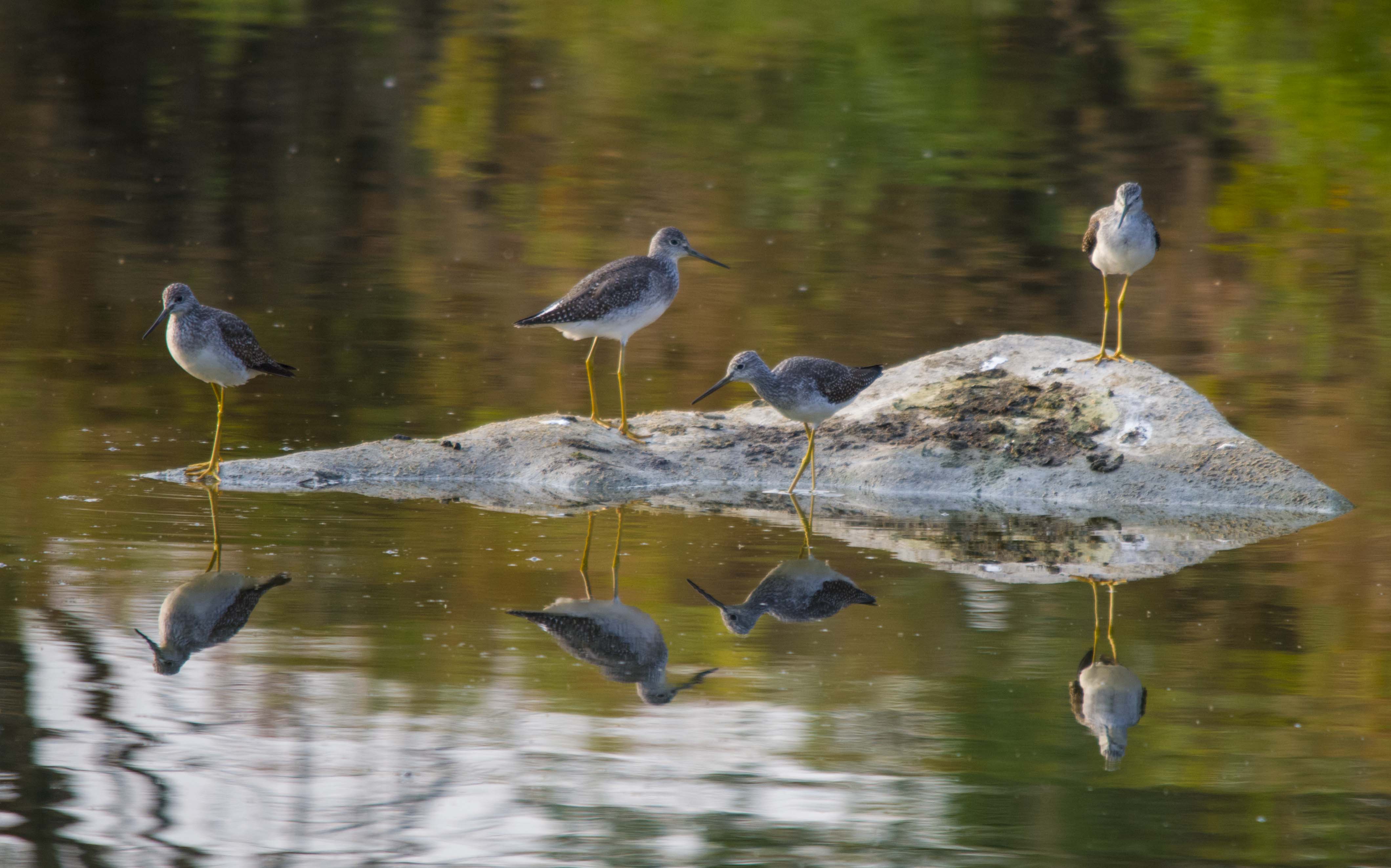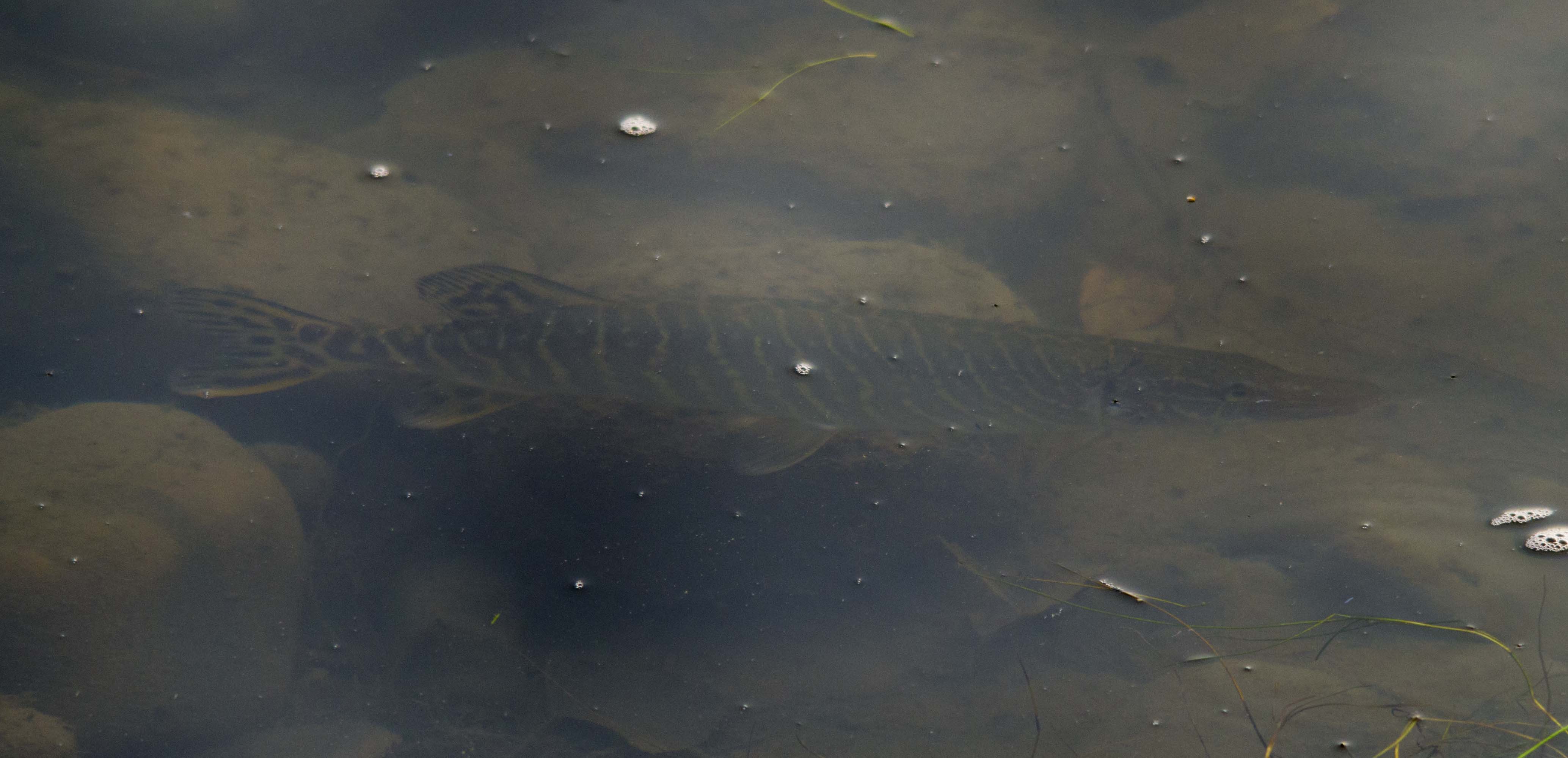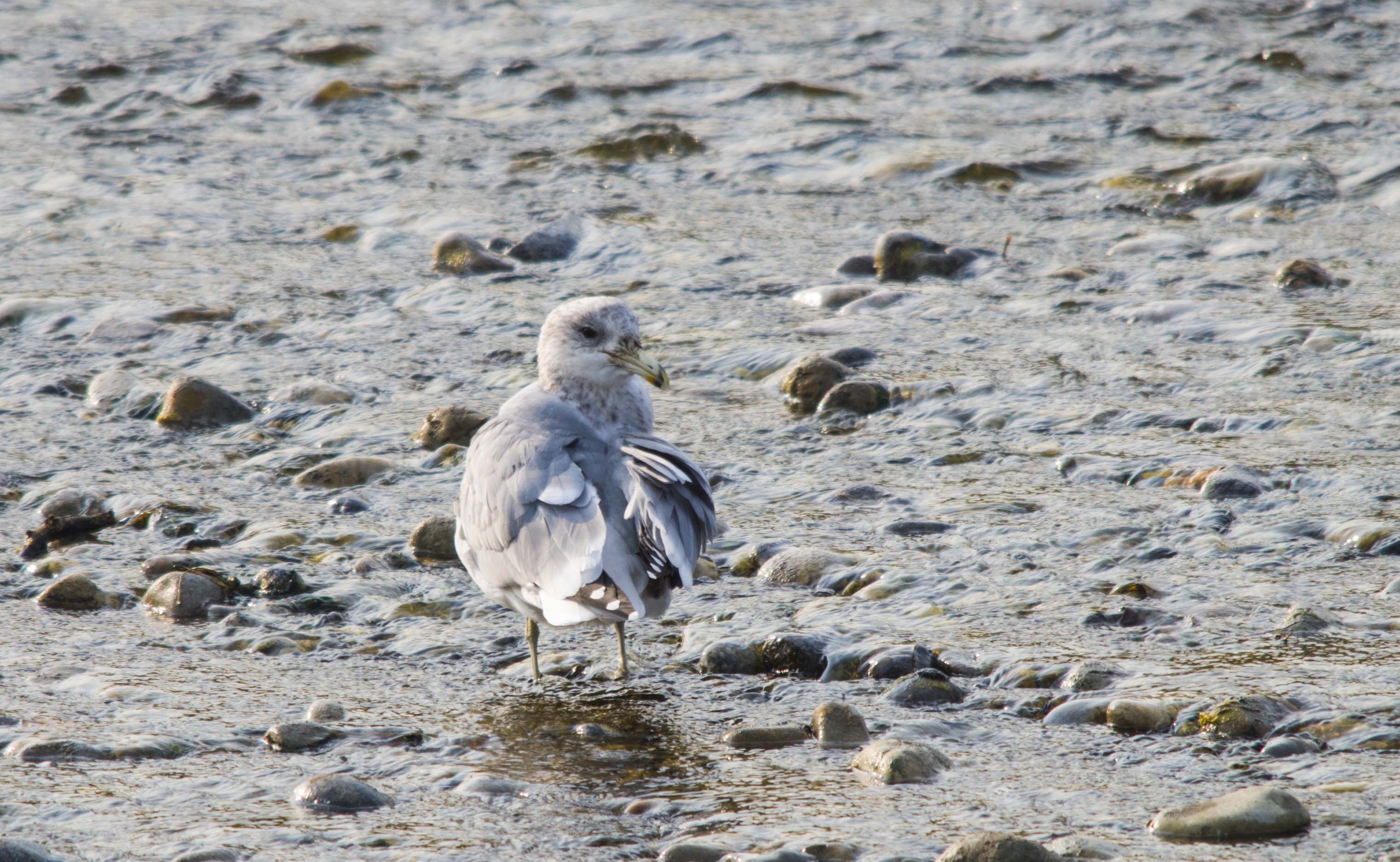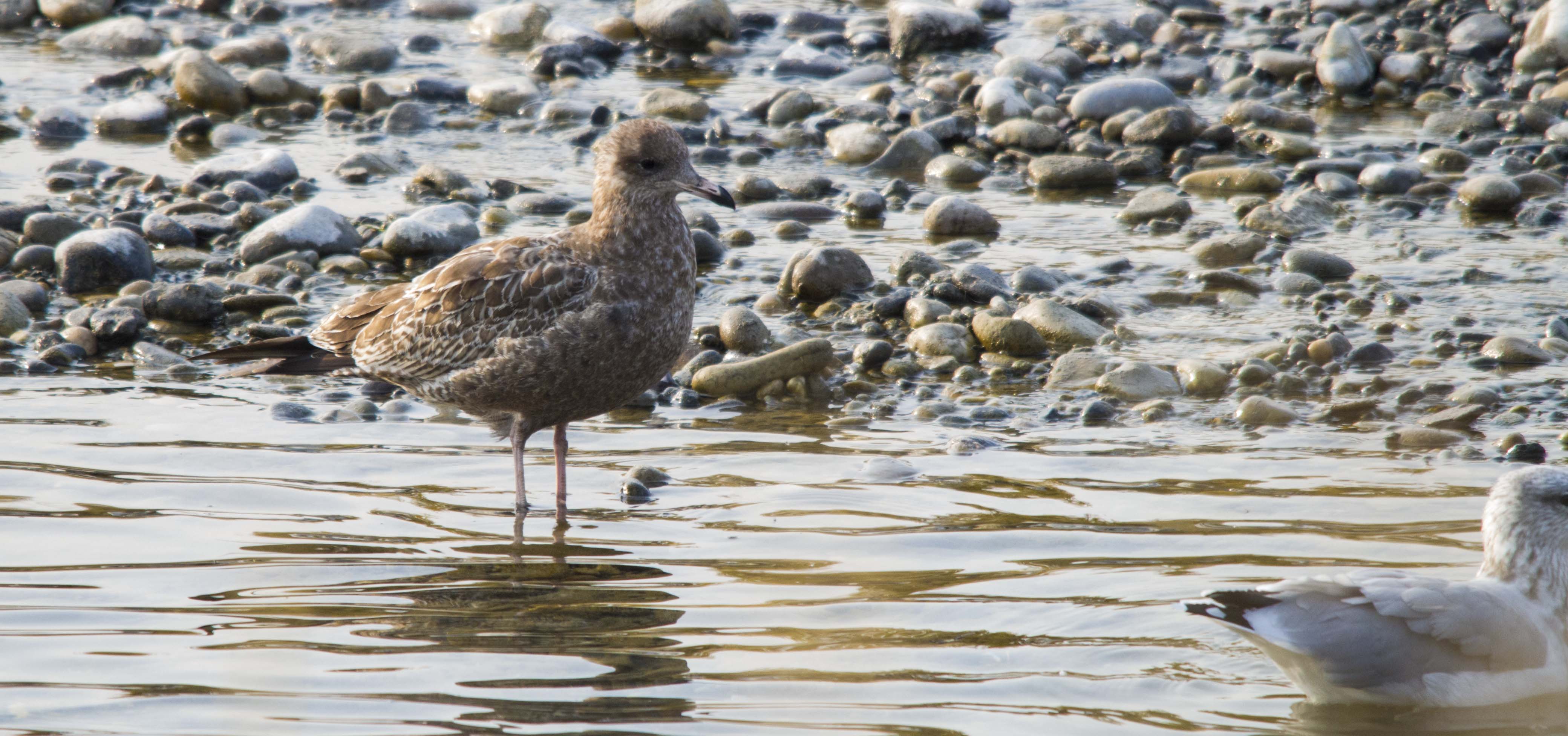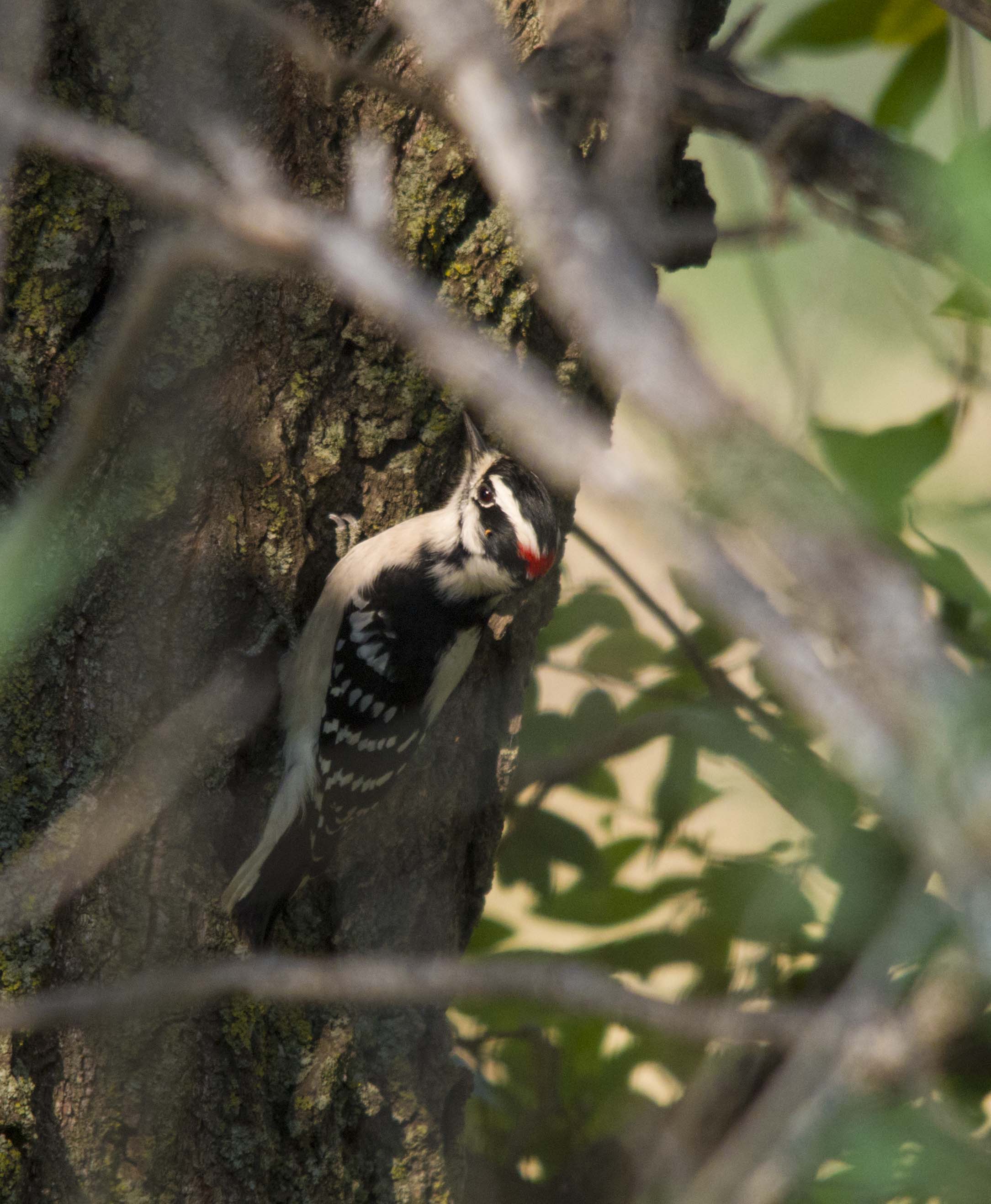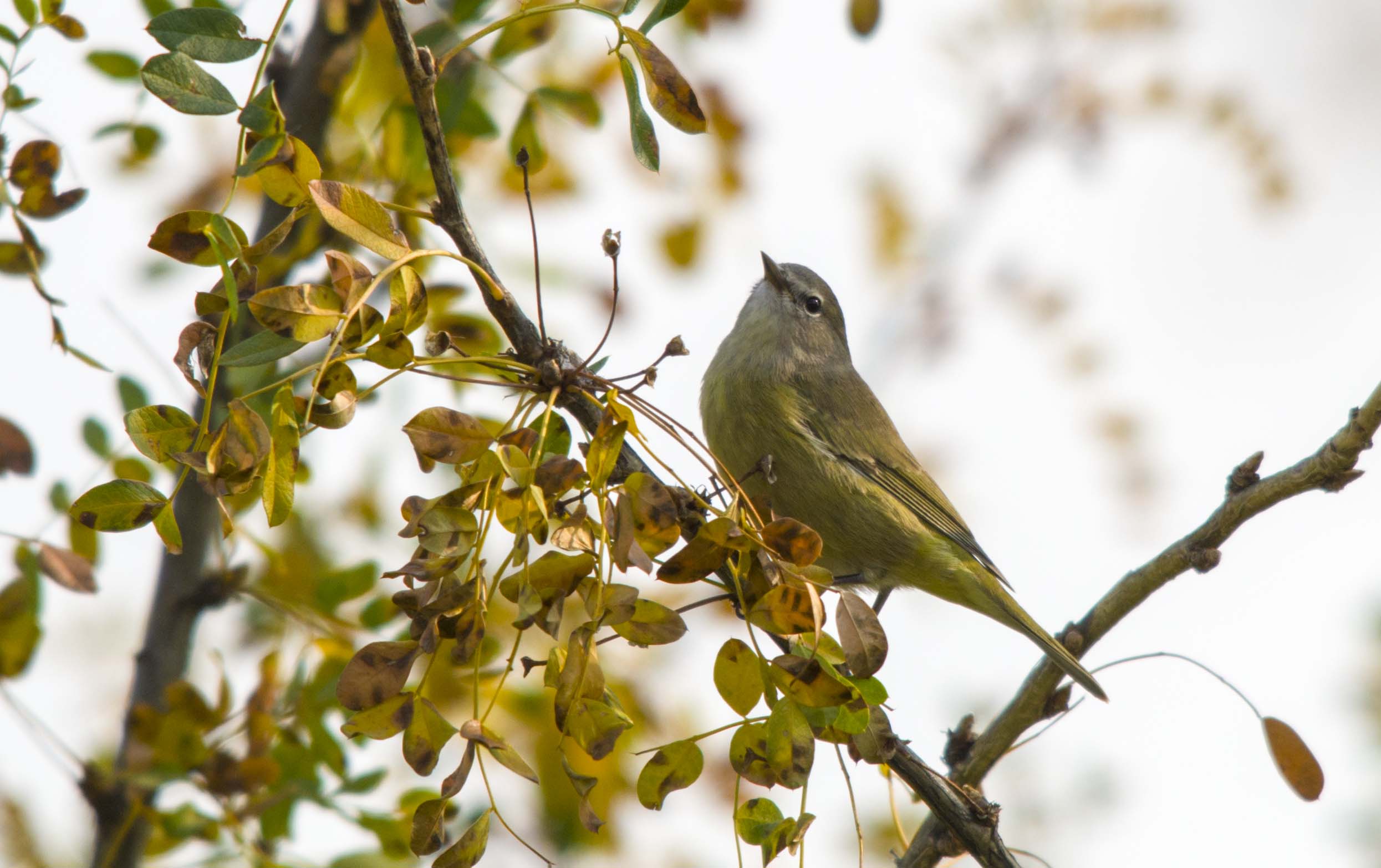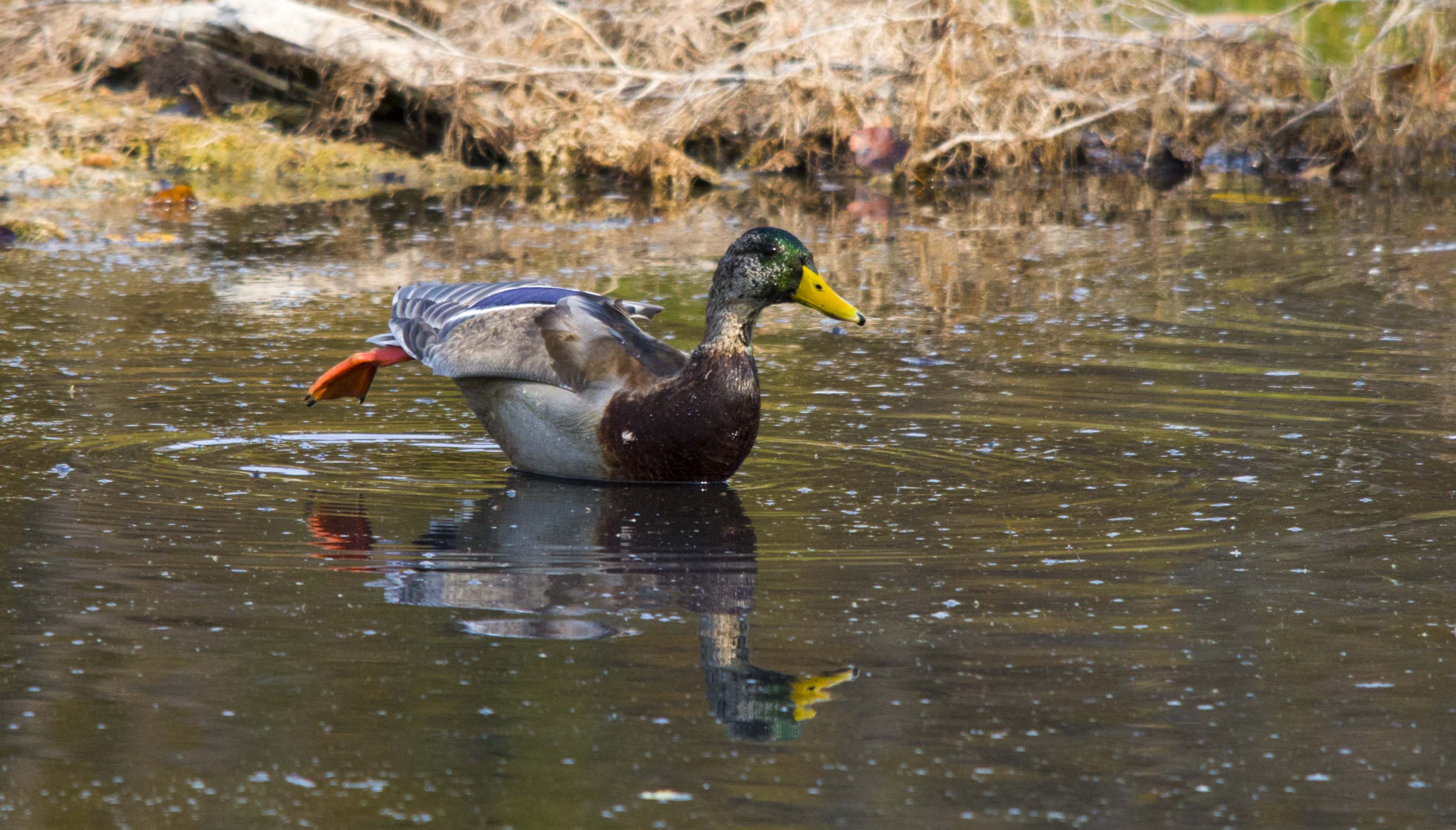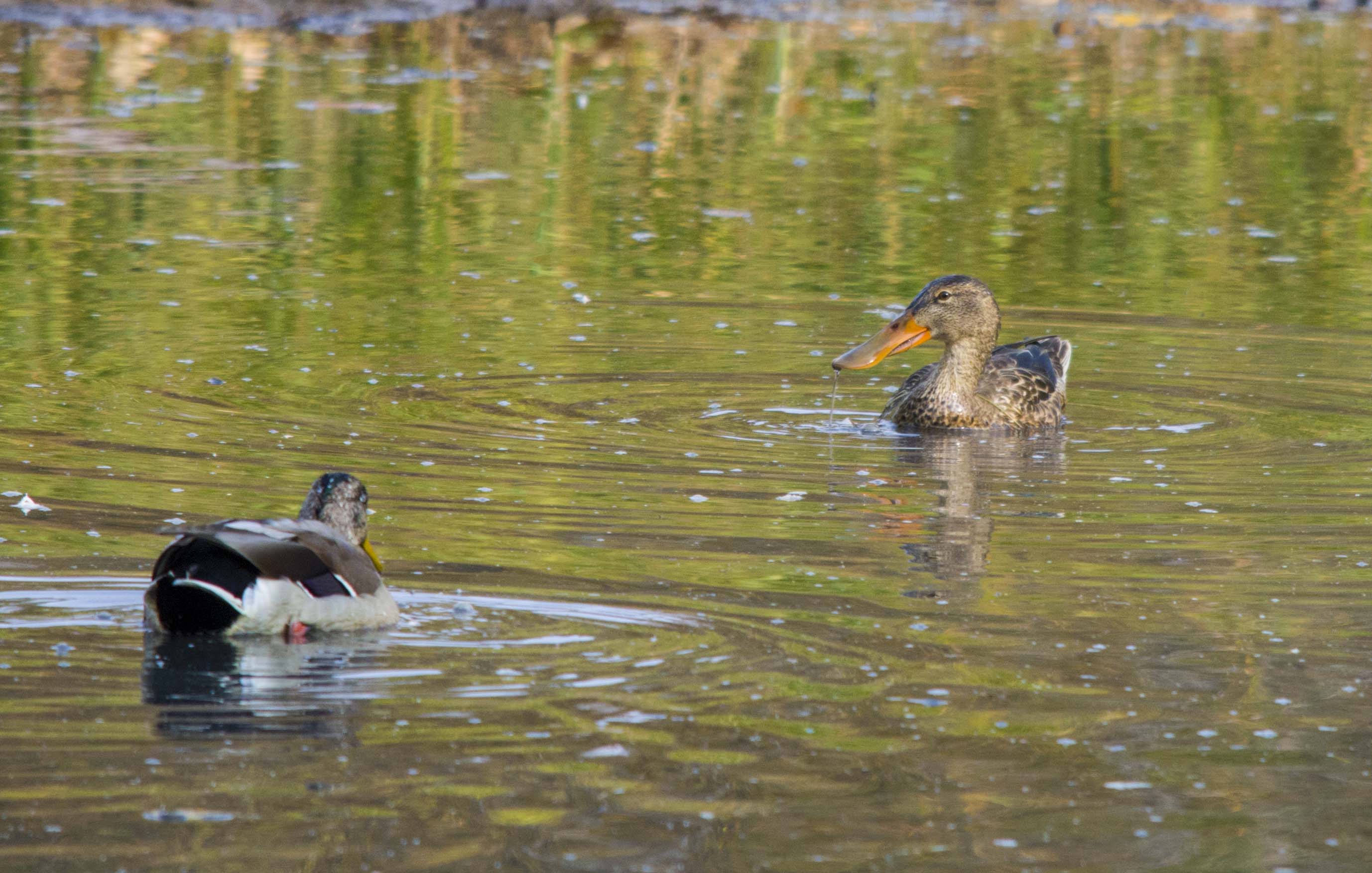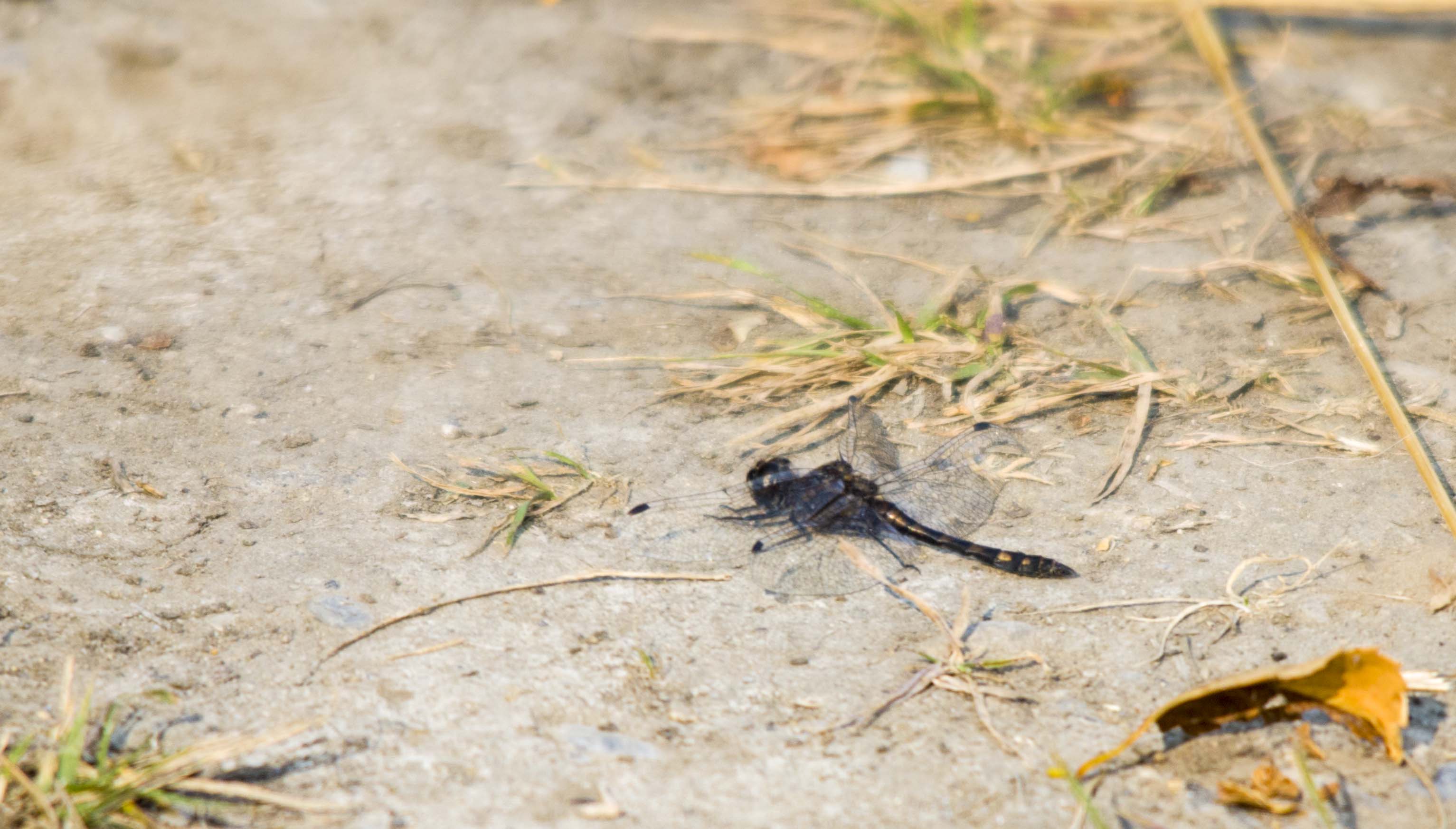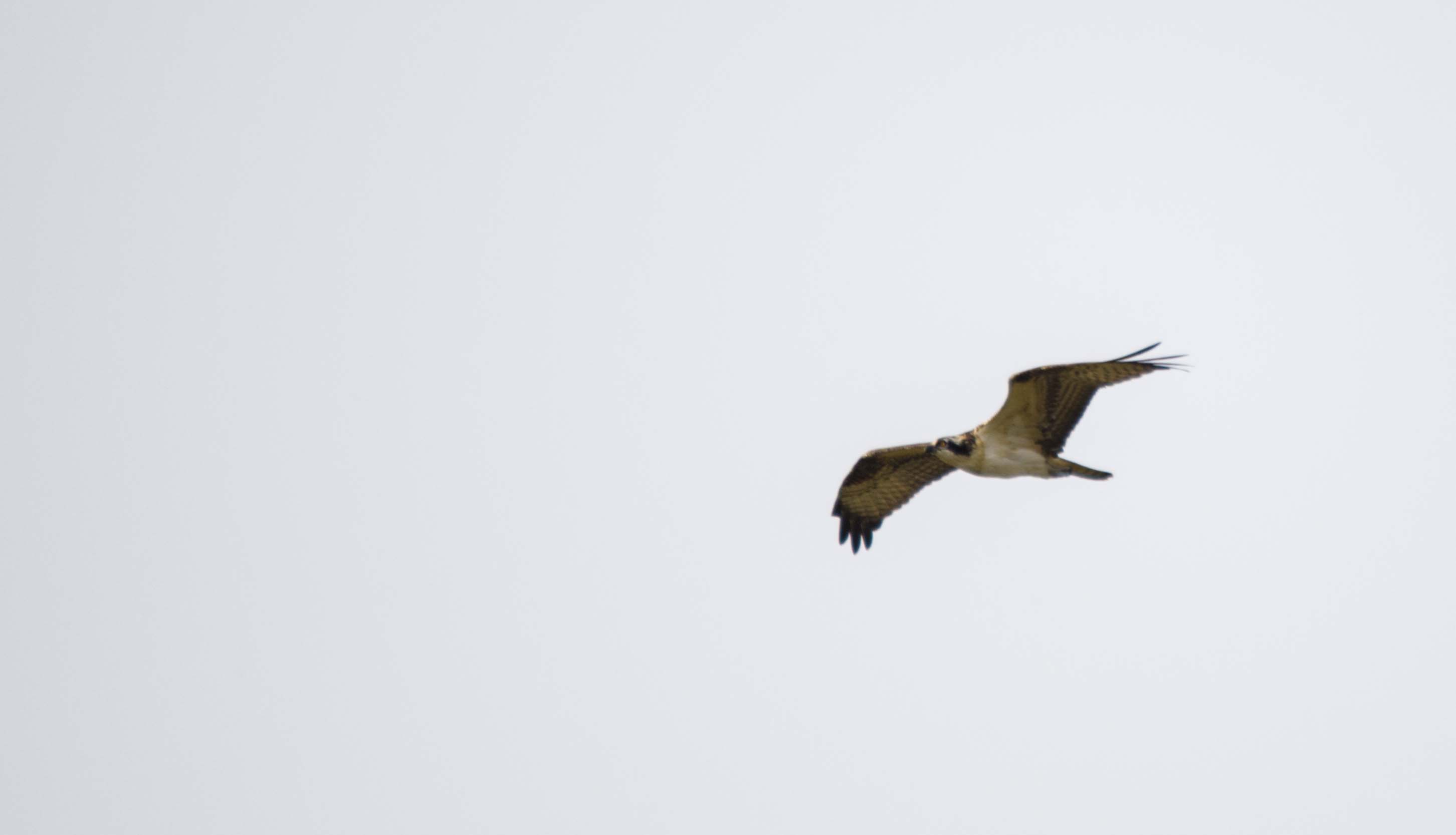By Terry Korolyk
Since starting birding in the Calgary area in 1987, I have seen many, many Red-tailed Hawks, and, have had the good fortune to be able observe the changes in the species to this point in time, 2016; 29 years. In those days, it was very straightforward; all the light-phase birds in the area were your basic Eastern Red-tail with rich rufous tails without narrow, wavy bars. Markings were fairly heavy and uniform across the belly and on the underwings. Upperparts were dark brown. The thighs were pretty well an unmarked white and the bird had the clear white throat, one of the differentiating features between Eastern Red-tails and the B.C counterpart of our bird, Buteo Jamaicensis Calurus. The patagial mark was normal and blackish. In those days, some pairs returned regularly to the same nest year after year in the Irricana Sloughs. One pair nested for many years in succession in a small grove of trees on the east side of Range Road 261 a short distance north of Township Road 262. That grove of trees is no longer there. Generally, in this area, early April saw many of the residents on territory.

Perched Eastern Red-tailed Hawk, August 6, 2016.

Flying Eastern Red-tail, August 6, 2016.
In the hills south of Calgary, the Eastern Red-tail ruled as well. The birds were quite common then and widespread. These days, I don’t think they are quite as common as they were then, although, they are certainly not in danger.
I moved to a new home in a different part of Calgary and I was not able to keep monitoring the Red-tails of the Irricana Sloughs as I once did. Living in the south end of the city now, however, I was able to keep track of the birds in the hills south of the city and on the prairie to the east and southeast, and, in the foothills south and southwest of the city.
On July 14, 2007, things started to change. I discovered a Dark or Rufous morph Red-tail in attendance at a nest just south of Calgary on 210 Avenue in a long east-west shelterbreak of Balsam Poplars just east of Sheriff King Street. The nest had 2 young. The bird was upset at my presence, of course, and flew around somewhat.

Adult female Dark Morph Red-tailed Hawk, Sept.6, 2016.
I looked for the mate nearby, but, didn’t find it. Because the dark bird was the only one there and she was agitated, I guessed she was the female.
I took photographs of her and of the fledglings in the nest and one of them perched on a branch. I sent in reports to the appropriate authorities.

Fledgling intergrade Red-tailed Hawk on branch, July 5, 2013.
I did not see that bird there the next year, but, in the year 2011, I believe it was 2011, I discovered a mixed pair, a female Rufous morph and a male light-phase bird, in Votier’s Flats in west Fish Creek PP. The birds were nesting, but, I did not see the results of that nesting. The next year, 2012, they were there again and when I went for a walk in late Summer, in 2 different locations, I could hear large birds squawking somewhere in the underbrush as I walked westward from the Parking Lot. I was sure those birds were probably birds fledging from the nest, although I never did see either one of them.
In 2013, the birds were there again, and, I had the good fortune to be able to get photographs of one the juveniles as it was perched on the undercarriage of a transmission tower.

Juvenile intergrade Red-tailed Hawk, August 31, 2013.
The markings looked intermediate between those of the 2 different morphs. The male parent attended to it and brought it food as it complained, but, the Rufous morph female was nowhere to be seen.
In 2014, the pair returned, but, I didn’t have enough time to check on them that year, so, results of them being there that summer are unknown. In 2015, again, I did not have enough time to follow their progress, or, if they were even there. I think I might have glimpsed the adult female once, but, I couldn’t say for sure. In 2016, I was completely unable to see if the birds had even returned. Hopefully, 2017, I may get a chance to see if they are there.
Meanwhile, in the year, 2014, I found another mixed adult female Rufous-morph bird paired with a light-phase male Eastern Red-tail near Chestermere Lake. I was able to get photographs of the adult female.

Adult female Rufous Morph Red-tailed Hawk, April 27, 2013.
I returned in the late Summer to see if I could see any of the young fledging. I didn’t see any, but, I did see some very unusual looking Red-tails near Weed Lake at Langdon, which is not that from Chestermere, in the Fall. Markings weren’t normal and looked like there might have been some intergradation, and, there was 1 adult Rufous morph bird on the west side of Weed Lake.
I didn’t see the birds there next year, but, that doesn’t mean they weren’t there as I was only able to check a couple of times. As a matter of fact, the birds were there again the next year, 2016, so, given that fact, I would guess the birds probably were there in 2015, they just weren’t seen. I was leading a Nature Calgary Field Trip in April this year and all the participants were able to see the birds. I wasn’t able to check to see if there were any young later in the Summer, but, we shall see if the birds return next year.

Mixed pair of Red-tailed Hawks, April 16, 2016.
In the year 2014, I found what appeared to be a 3rd. mixed Rufous-morph–light phase pair in the hills south of Calgary southeast of Priddis. I saw both birds clearly and they were clearly a pair. I made several trips to the area through the Summer and did see the birds occasionally again. I have a good idea where the nest was located, but, did not go looking for it as, of course, they shouldn’t be disturbed. The pair were there again in 2015, but, I did not see them in 2016. However, I did come across an adult intergrade bird by itself perched in a lone tree near the Cross Conservancy south of Calgary, so, we could guess that, perhaps, the bird was a product of that relationship

Adult intergrade Red-tailed Hawk, July 10, 2016.
The result of all this is the fact that you are seeing much more variety now in the plumage of Red-tailed Hawks in our area. You are liable to see Dark and light-phase intergrades around here now even during breeding season. To complicate things further, one must consider intergradation between Krider’s subspecies Red-tails and now, not only the Eastern Red-tail, but, also Dark morph–light phase intergrades and, even pure Rufous or Dark morph birds. So as can be seen, It is getting extremely difficult determining exactly what sort of Red-tailed Hawk you are looking at. The Krider’s Subspecies of Red-tailed Hawk, by the way, is a whiter edition of the Eastern Red-tailed Hawk. They are more sparsely marked and the tail varies in the amount of red in the tail to some where the tail is only slightly whitish, to some where the tail shows only a faint distal blush of red.

Krider’s Red-tailed Hawk, August 27, 2016.
To complicate things even further yet, it appears, the Mountain race of the light-phase Red-tailed Hawk , Buteo Jamaicensis Calurus, may be present in the southwest corner of the province in small numbers. The Mountain race has darker plumage, has little if any white in the throat; has black wavy bars on the red tail and has some buffiness on the upper breast and on the underwings. I have seen photographs of some birds that were in the Water Valley area northwest of Calgary , and, have encountered the bird many times in the foothills south and southwest of Calgary. I have seen photographs of some birds that were probably intergrades between itself and either Eastern Red-tail or something else, and, some of these photographs were of birds in the Irricana area and on the prairie southeast of Calgary. One must also consider a new recent classification of Red-Tailed Hawk, Buteo Jamaicensis Borealis. This is a race of light-phase Red-tail that is like the Eastern Red-tail, but has fewer markings. This race is essentially a bird of the north, hence the Latin name Borealis.
Still more on the identification of Red-tailed Hawks in our area now, the basic juvenile Eastern Red-tailed Hawk, still has a grayish tail with several narrow, wavy blackish bars. Remainder of the markings on the birds vary with some having heavier markings than others. The belly may be sparsely streaked or it may be heavily streaked. The head may be almost completely white, or it may be quite dark. One can use that information as a barometer or measuring stick. Given all the above information, perhaps, one would be able to subsequently identify any unusally-looking juvenile Red-tailed Hawks.

Juvenile Red-tailed Hawk, May 26, 2015.
Final item to be dealt with in regard to pale morph Red-tailed Hawks are the albinos. Albinistic birds are occasionally dealt with in our area. I have yet to see or hear of a complete albino. These birds vary in the degree of albinism or leucism; some are almost wholly white or pale; some show only small amounts. These days almost all birds show varying amounts of white on the scapulars and other feathers. Albinism, or leucism, occurs when the amount of white or paleness present has gone out of control.

Albino Red-tailed Hawk, July 5, 2013.
———————————————————-
Coming soon–Part 2 of Red-tailed Hawks in the Calgary area. Dark morphs, intergrades, and unusual plumages.
————————————————————
Fall migration 2016—-
We are currently in peak period for migrating Songbirds in the Calgary area. Thus far, observer coverage has been very intensive especially at Confederation Park in northwest Calgary, and in the east side of Fish Creek Provincial Park in Calgary, particularly Mallard Point and the Boat Launch area in Hull’s Wood. The main wave of migrating Warblers and Vireos and some other Songbirds from further north has passed and now within the next couple of weeks, numbers of the second wave including American Robins, Yellow-rumped Warblers, and, Orange-crowned Warblers traditionally increases. Watch for those potential fallout conditions; overcast, cool weather, perhaps even spitting rain for large numbers and variety of birds. I live on the top floor of a Condo block in Calgary, but, we had ideal conditions the morning of Sunday, September 4 as in the ornamental trees and Trembling Aspens along the street below where we live, the trees were dripping with birds, mostly American Robins and Yellow-rumped Warblers, but, others included Red-breasted Nuthatch and I was able to get good shots of an immature Tennessee Warbler in a crab-apple tree below our balcony, and, was also able to get excellent looks at a juvenile Orange-crowned Warbler in a May Tree below our bedroom window. Palm Warblers, usually one of our later Warblers, have shown up early so far, and, a male Blackburnian Warbler has been a big draw at Confederation park starting on September 2 and was still being seen today, Labour Day, Monday, September 5.
Shorebird migration has been somewhat disappointing thus far this Fall as the July and early August rains resulted in high water levels at many waterbodies in the area. Basic early shorebird migrants like Semipalmated, Baird’s, and, Least Sandpipers should start dwindling in numbers now to the end of September. Lesser Yellowleg numbers should hold up in to October, while Greater Yellowlegs’ numbers can hold up in to early November. October is the month to watch for Black-bellied and American Golden Plovers. Pectoral Sandpipers are somewhat unpredictable. Sometimes, they are amongst the latest Fall migrants in early November.
The first rare Gull of the Fall season has been found. An adult Lesser Black-backed Gull was on the Bow River just upstream from 29 St. N.W. today, September 5. This report comes courtesy of eBird.
The first dark-morph Red-tailed Hawk of the season was just east of the Leighton Arts Centre in the hills south of Calgary on Saturday, September 3. The bird was an adult, but was a barred tail variant. I was hoping for a shot of it flying, but, 3 Swainson’s Hawks made him feel uncomfortable, and, he drifted off southward. Until next time.
